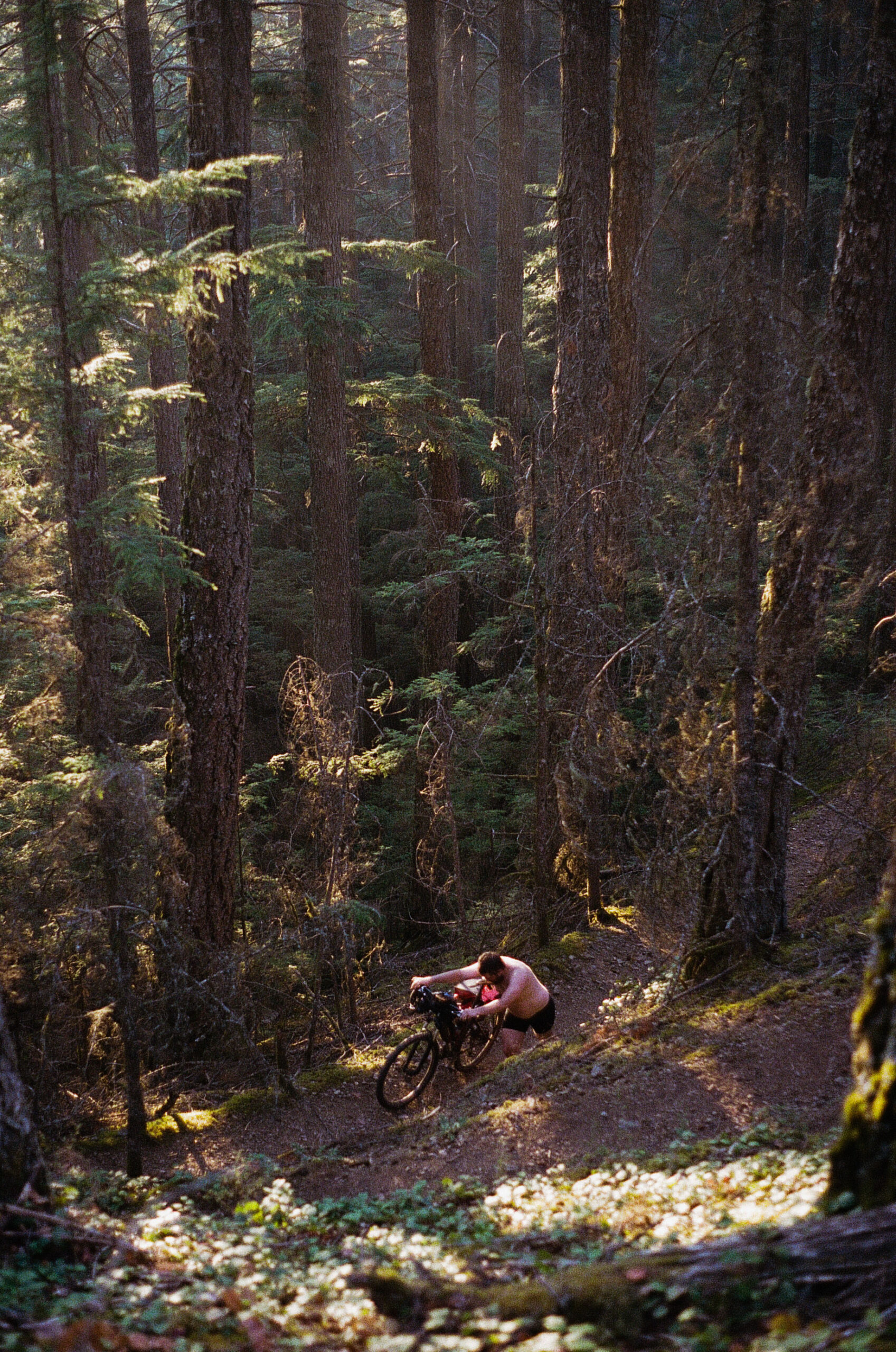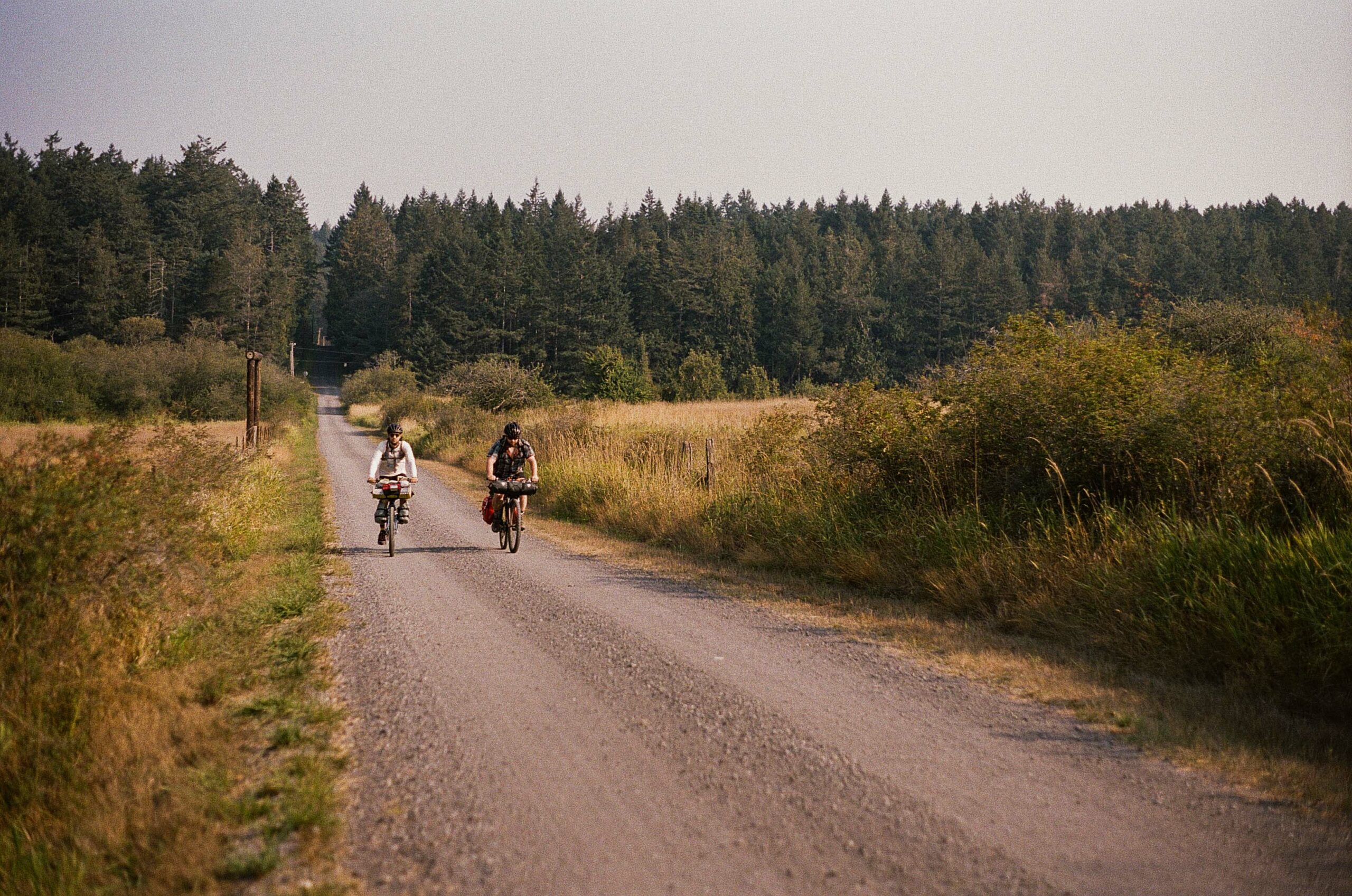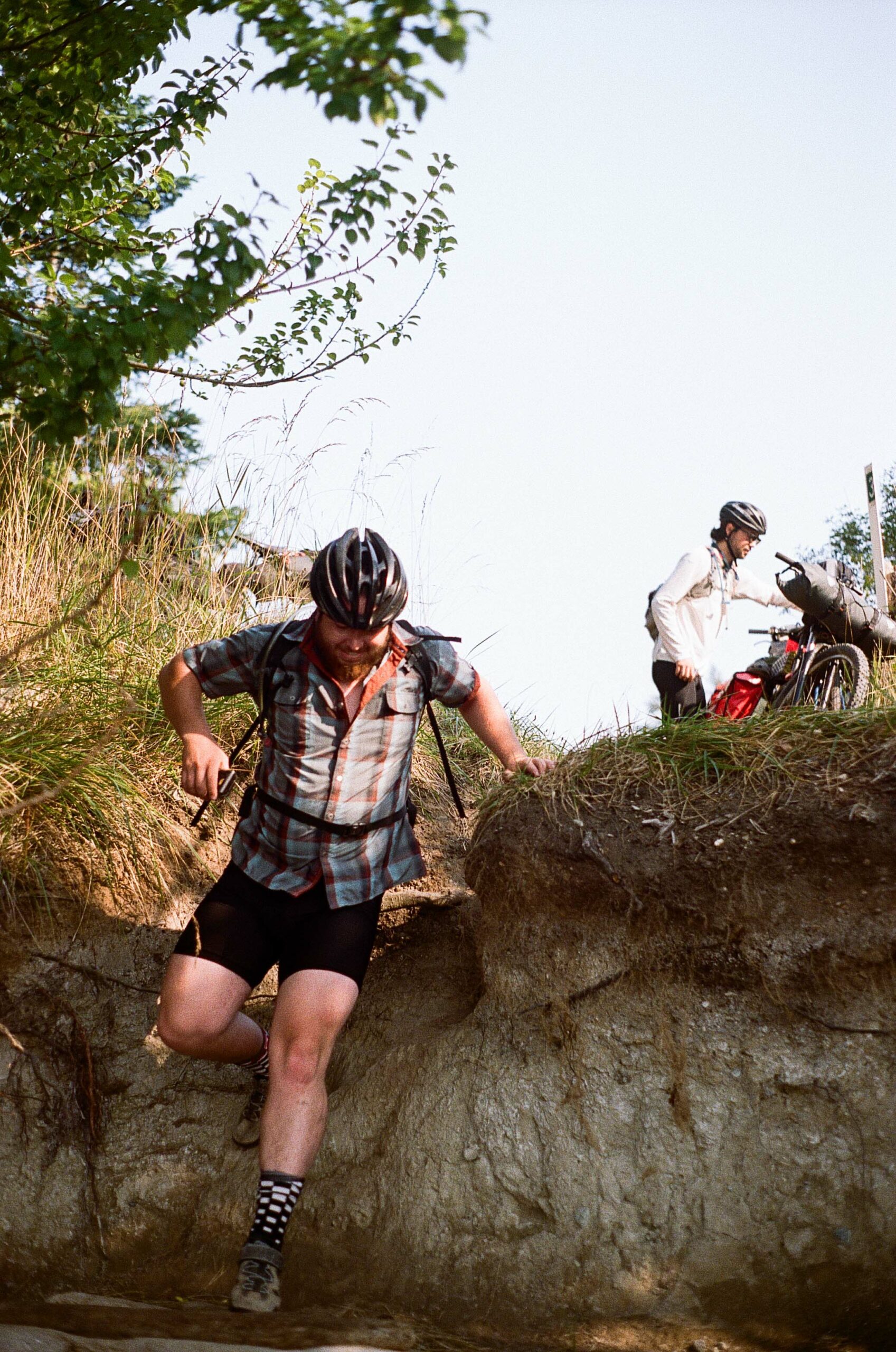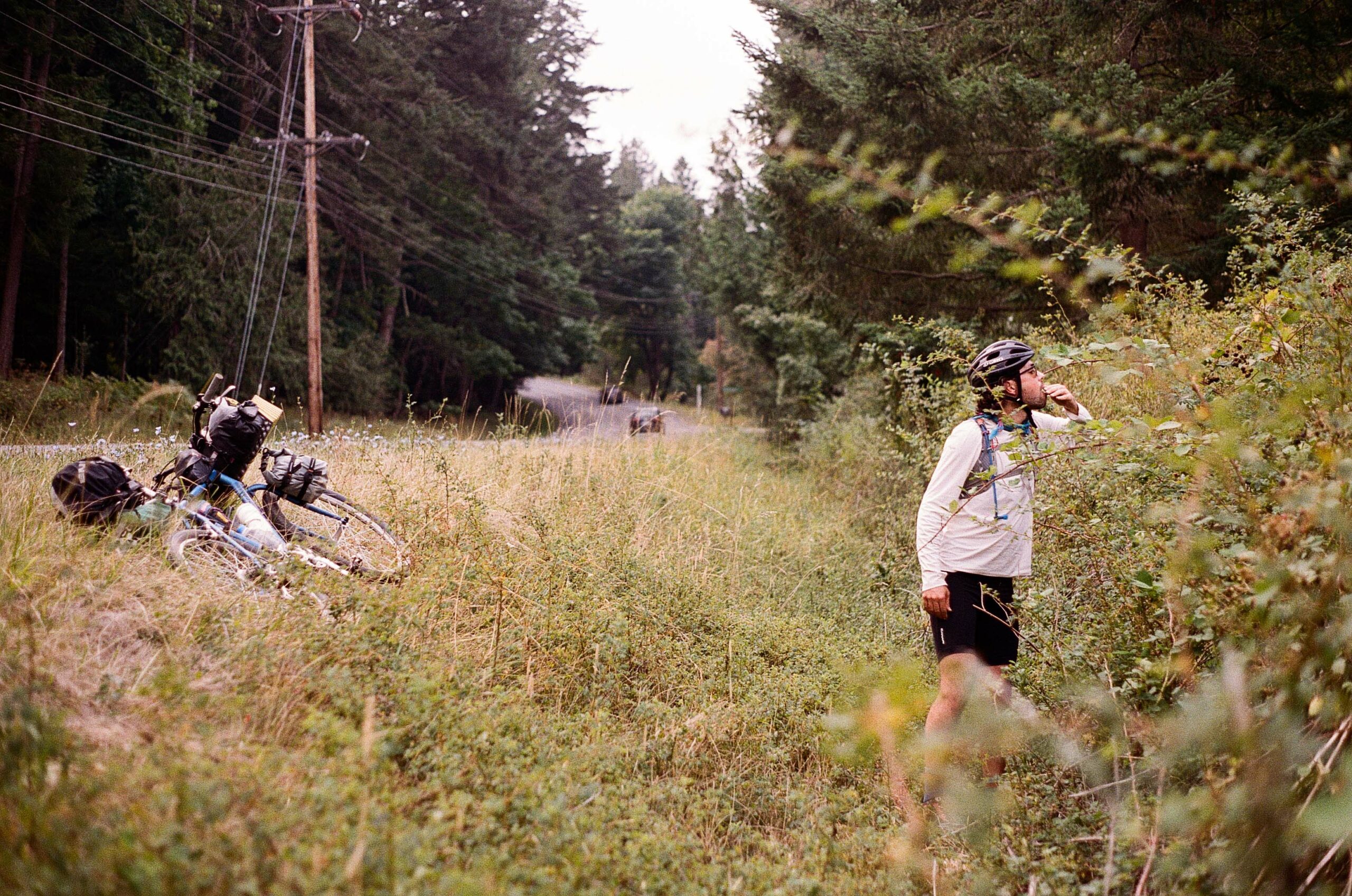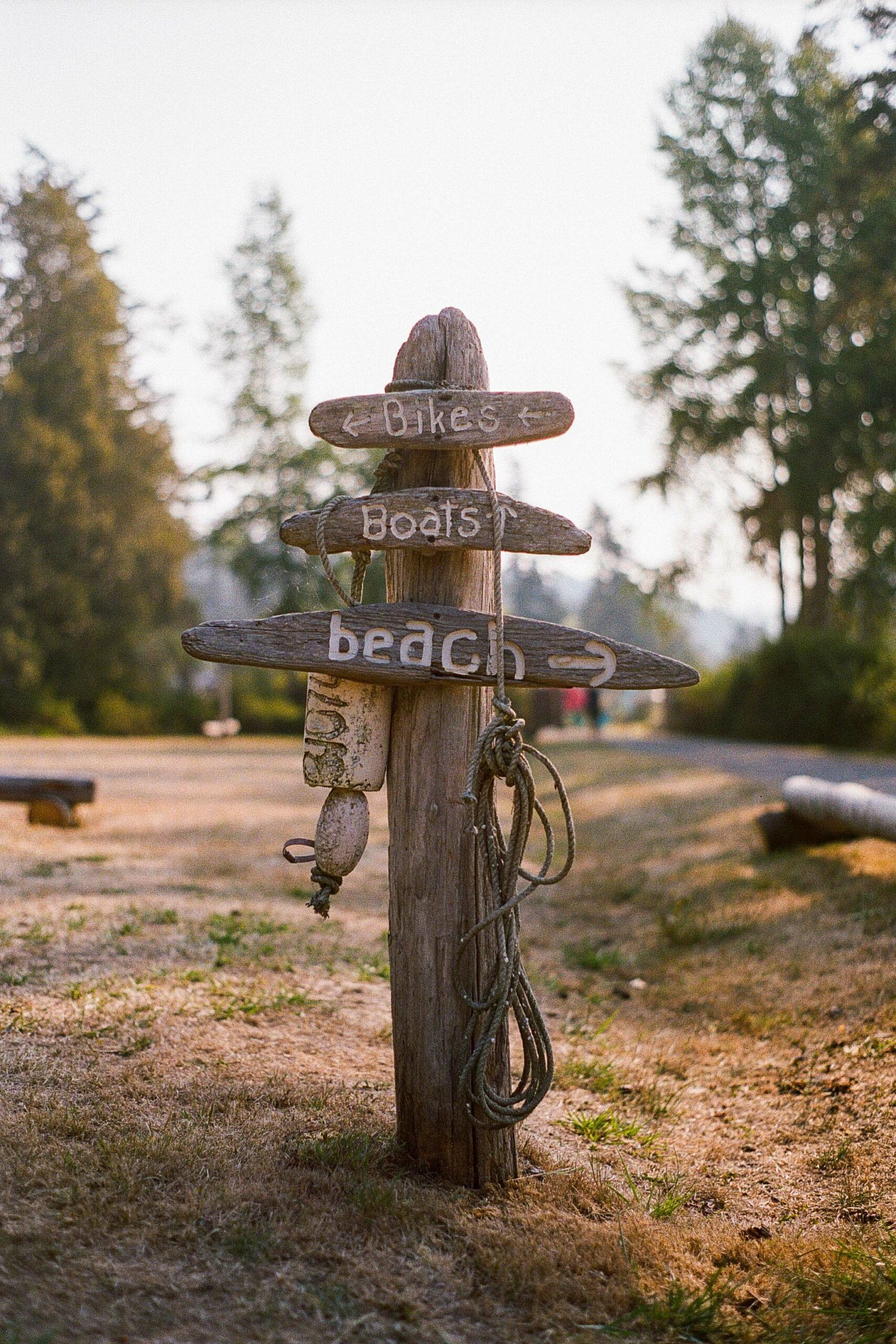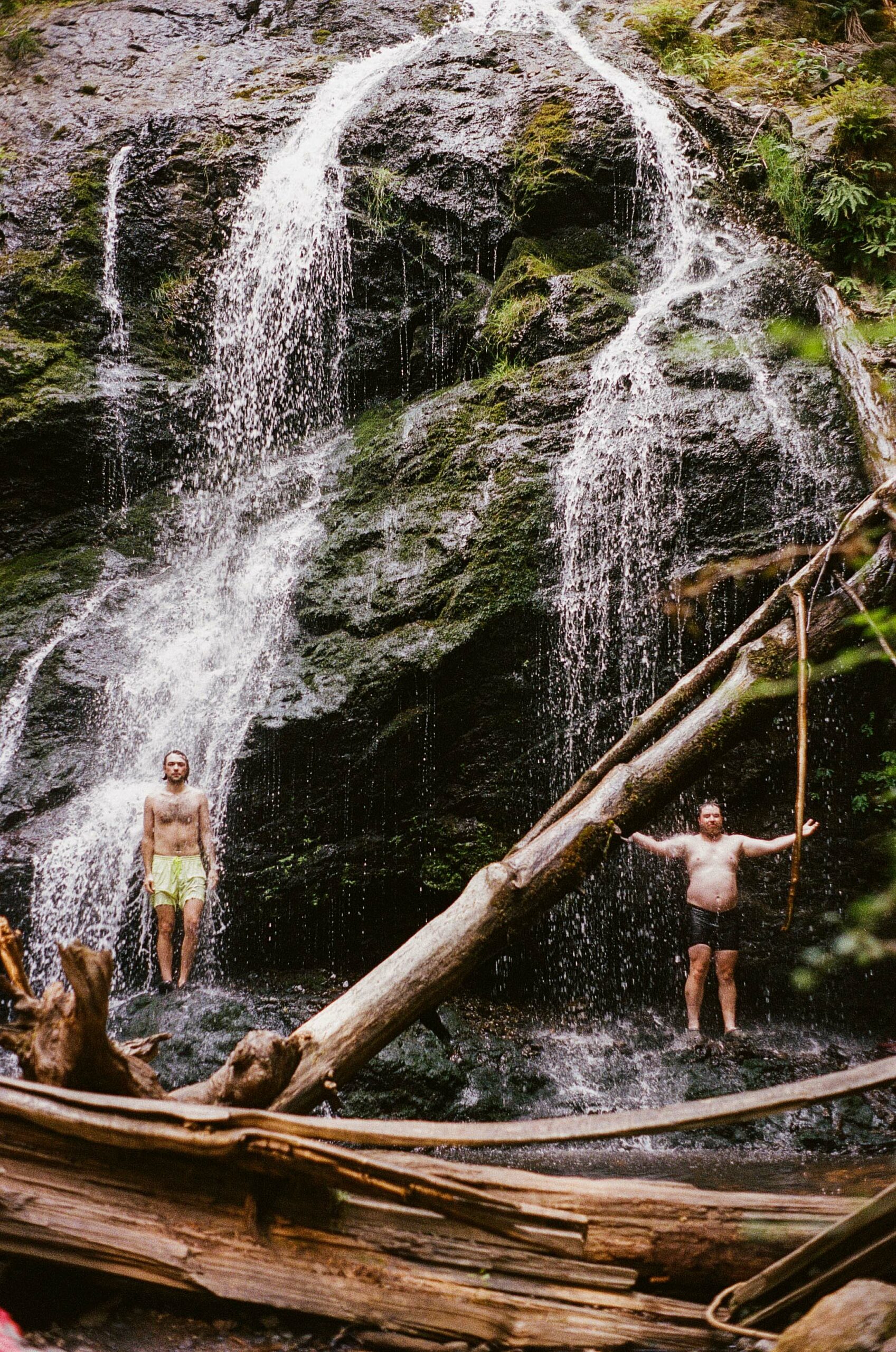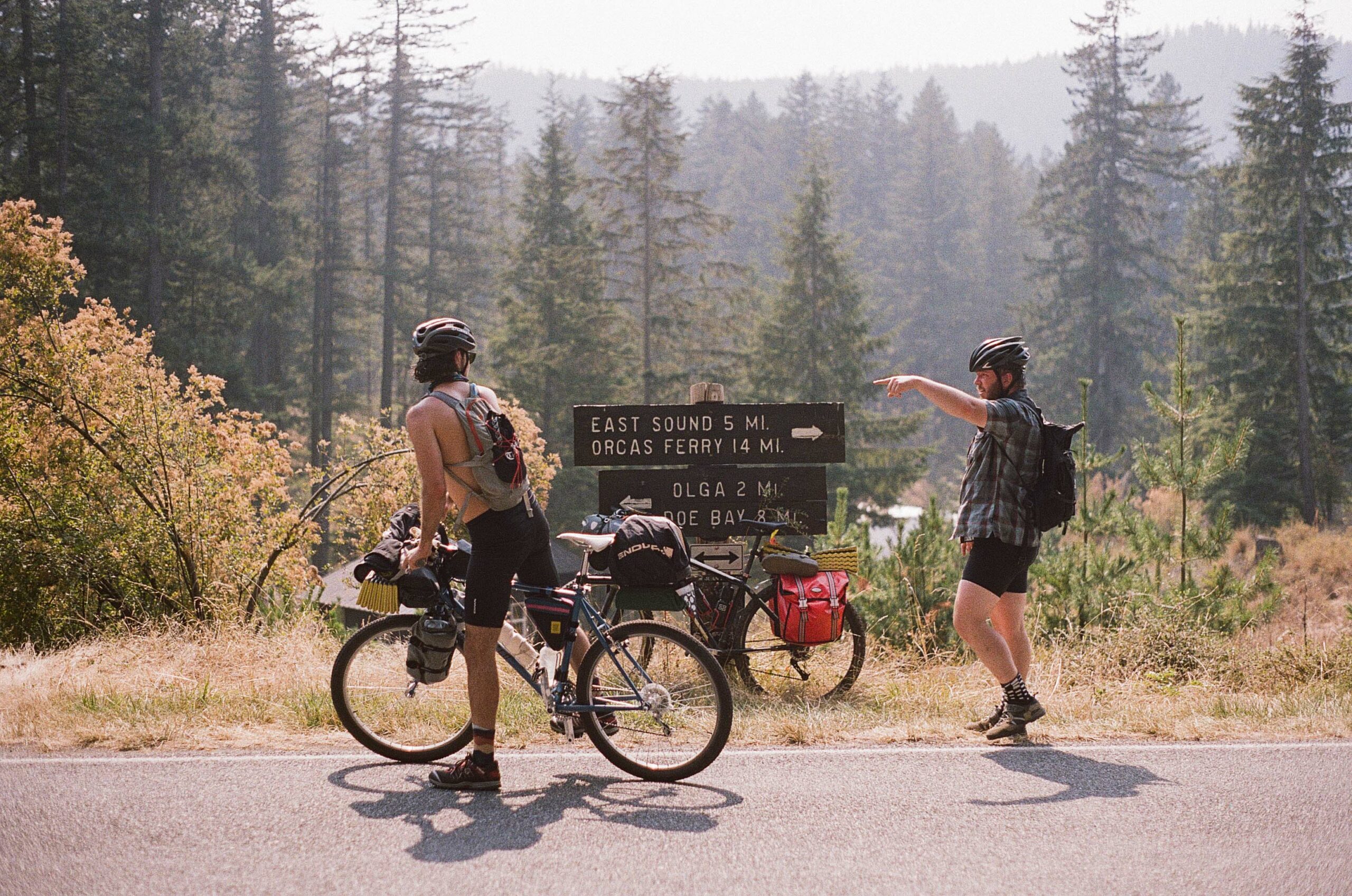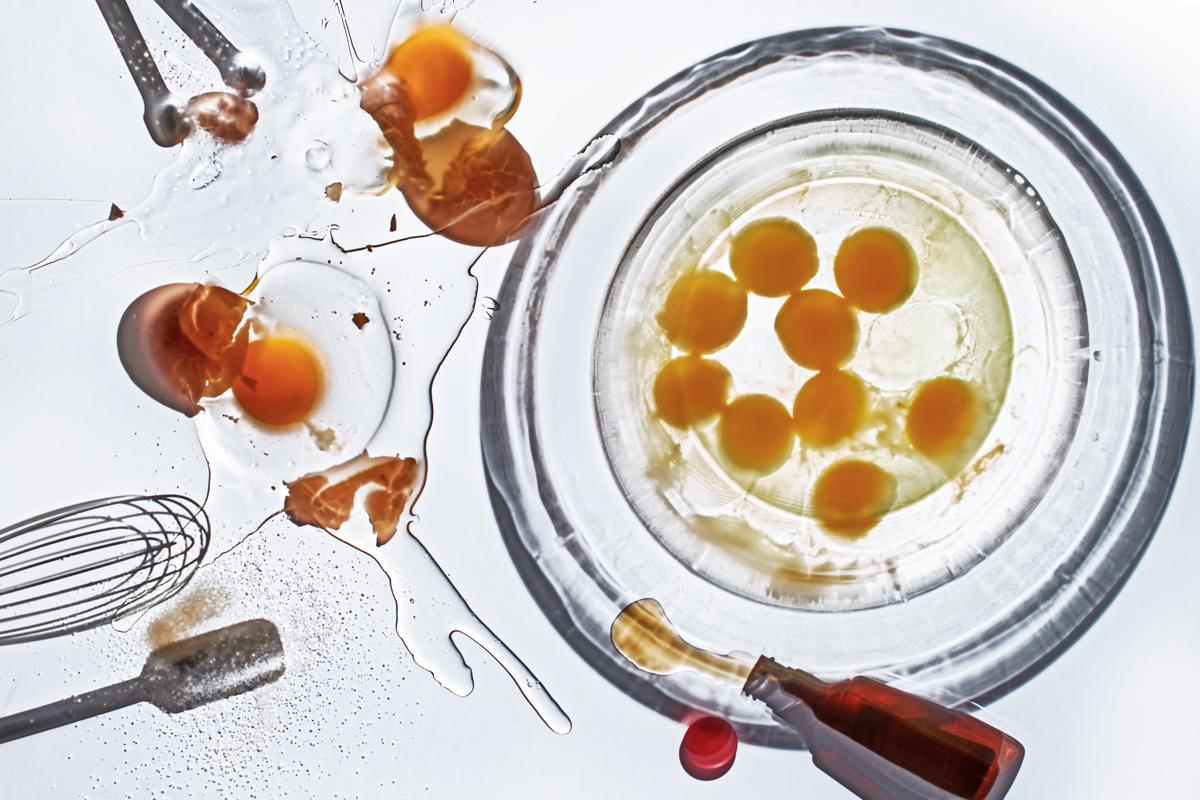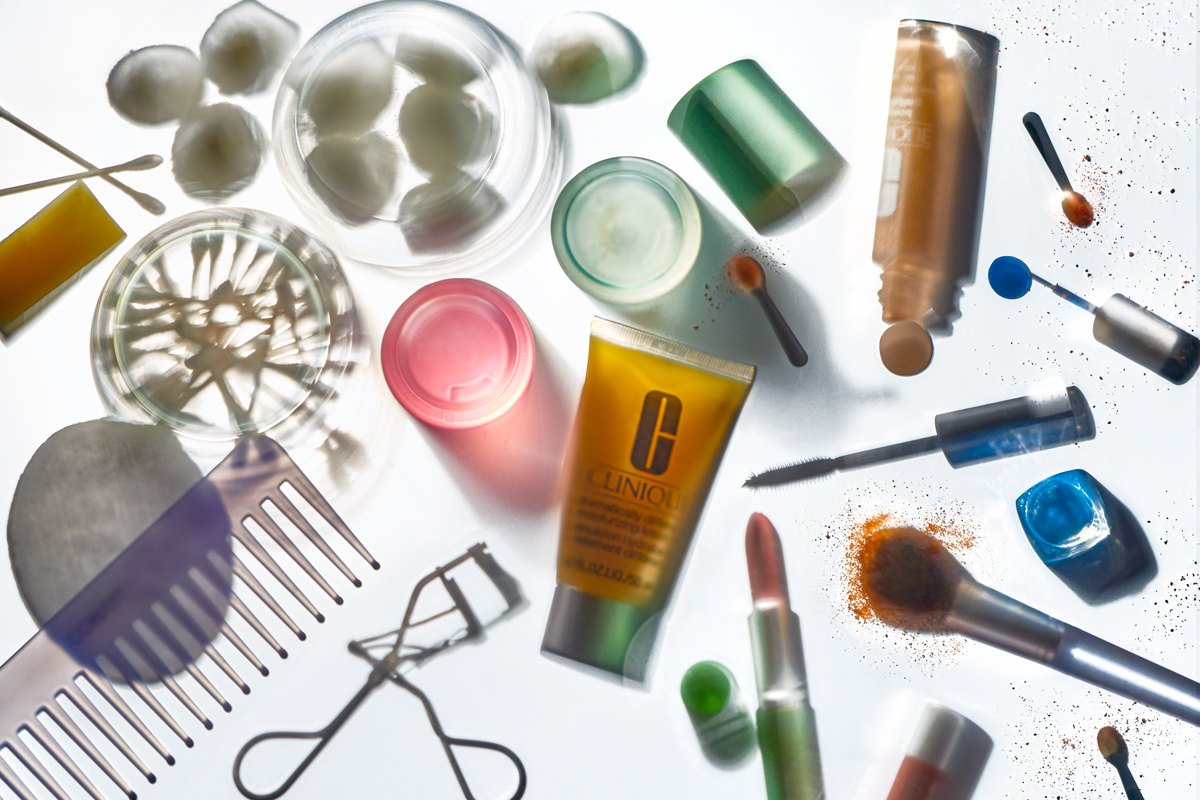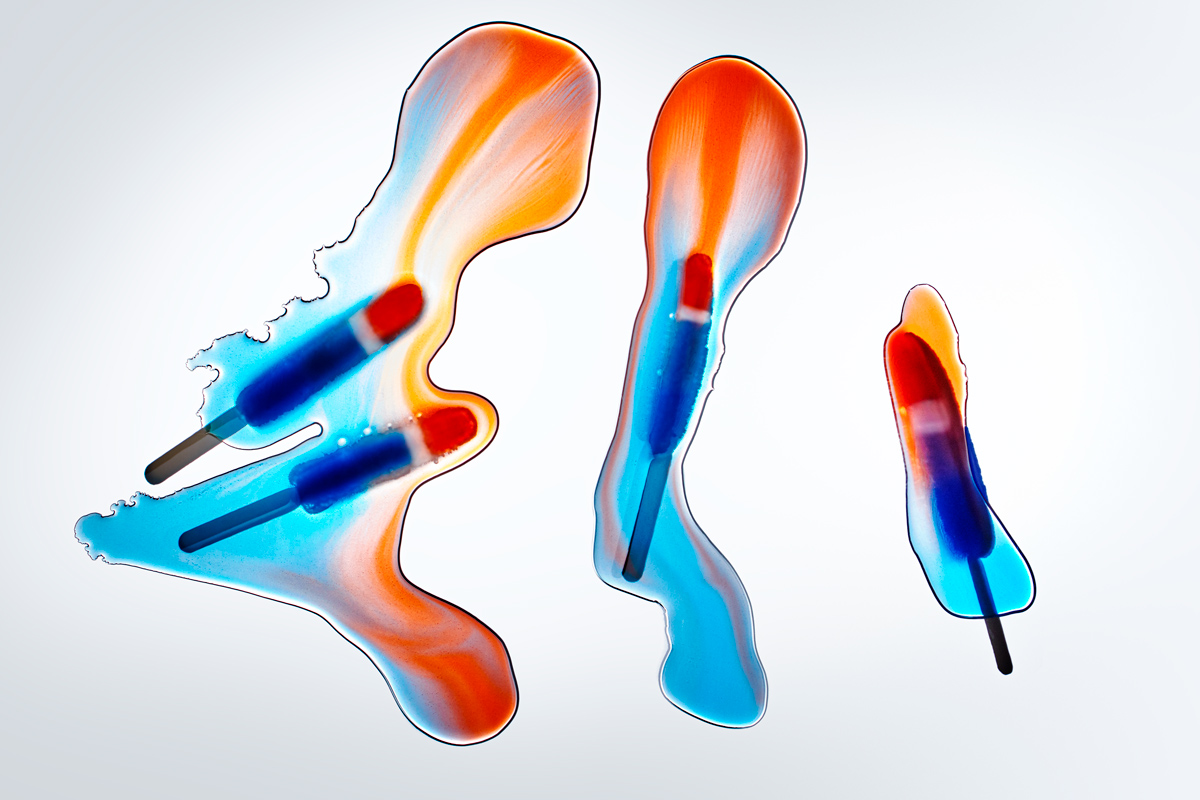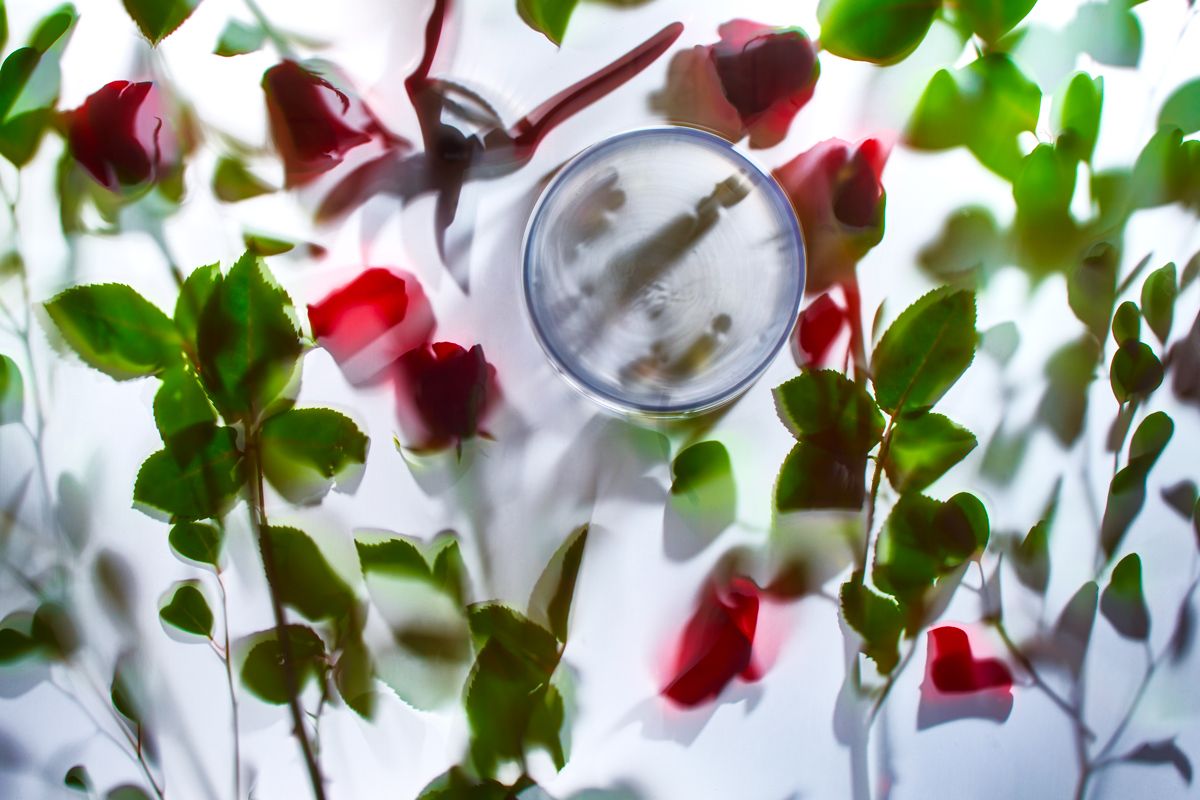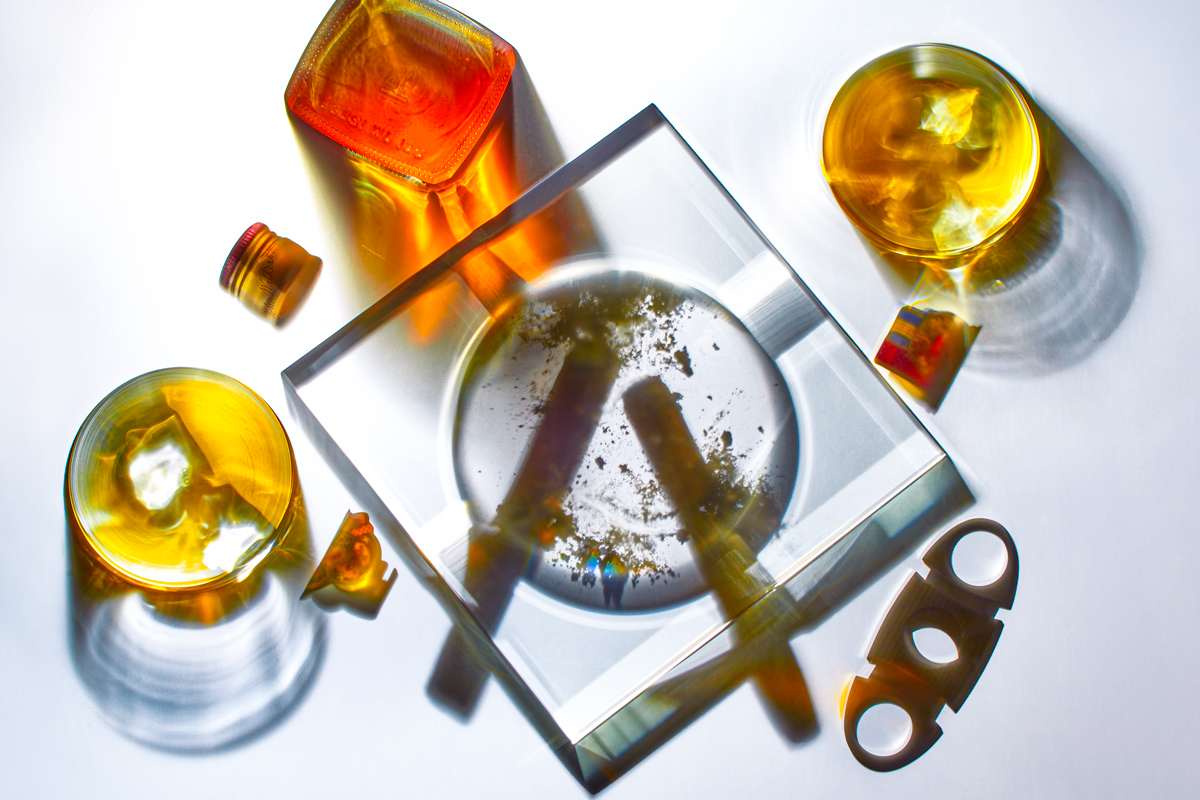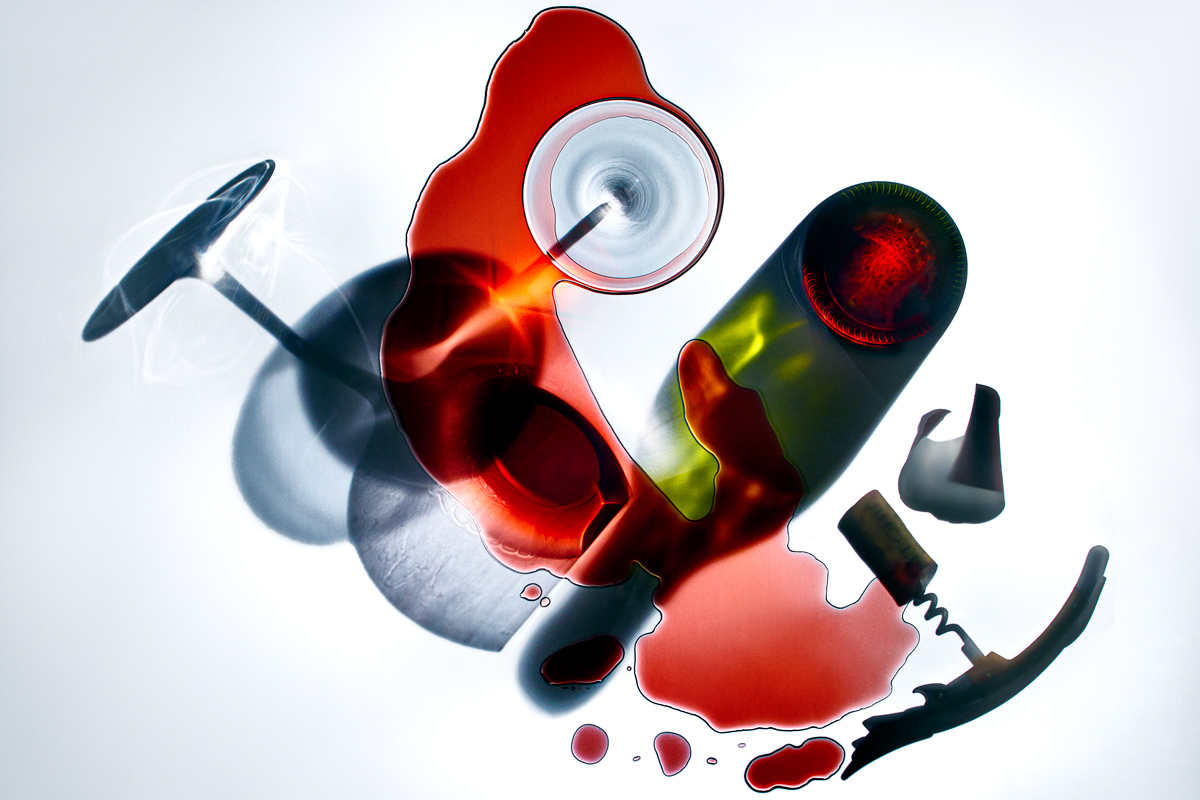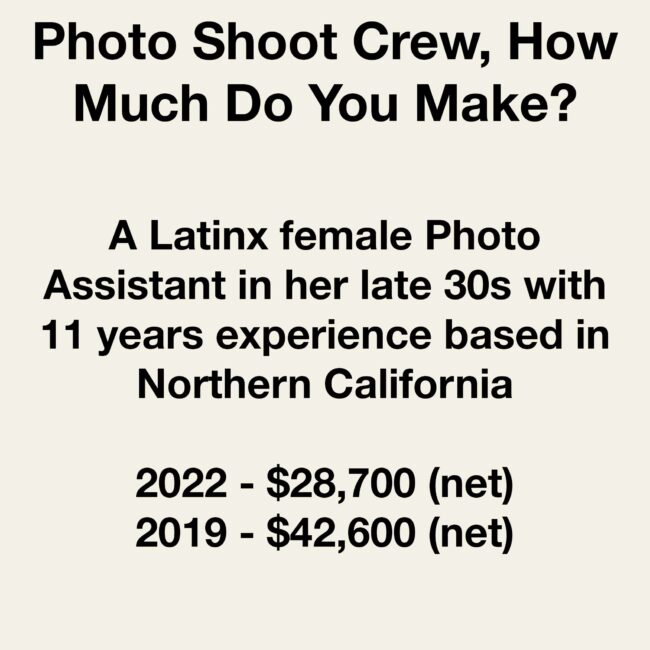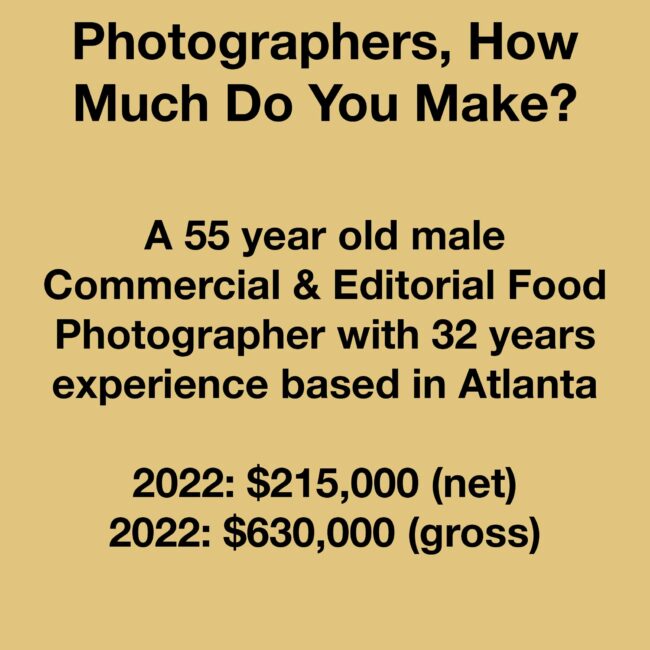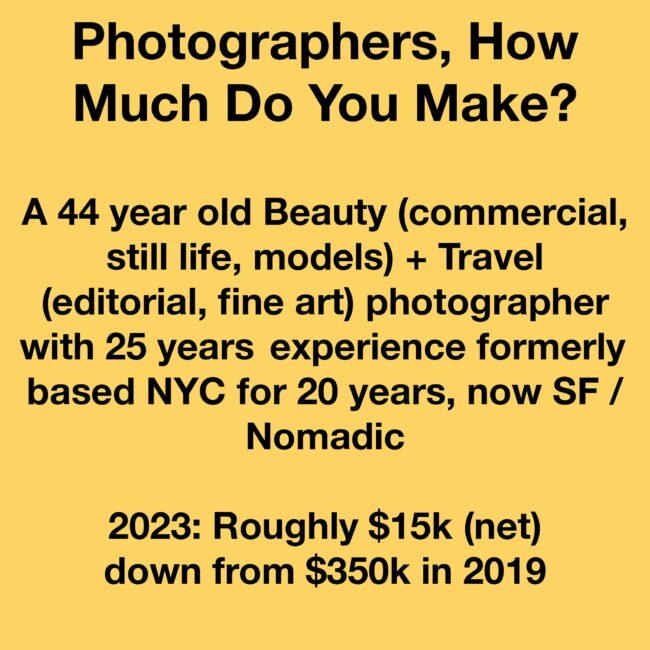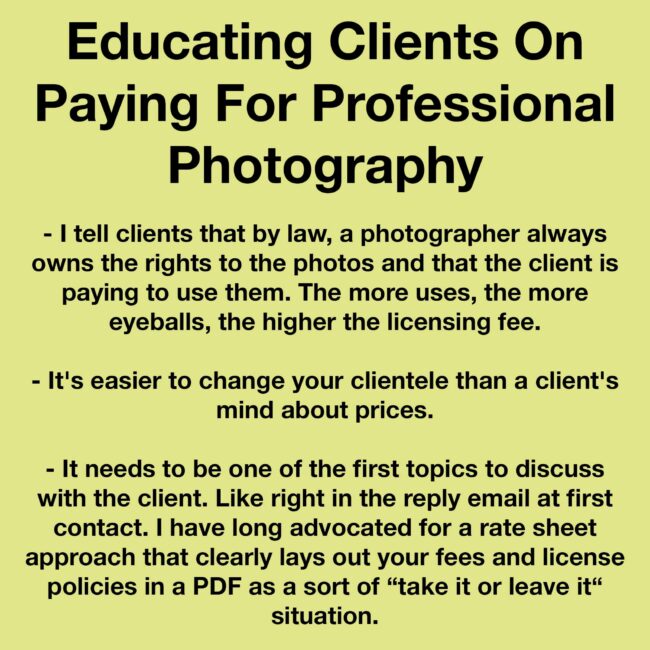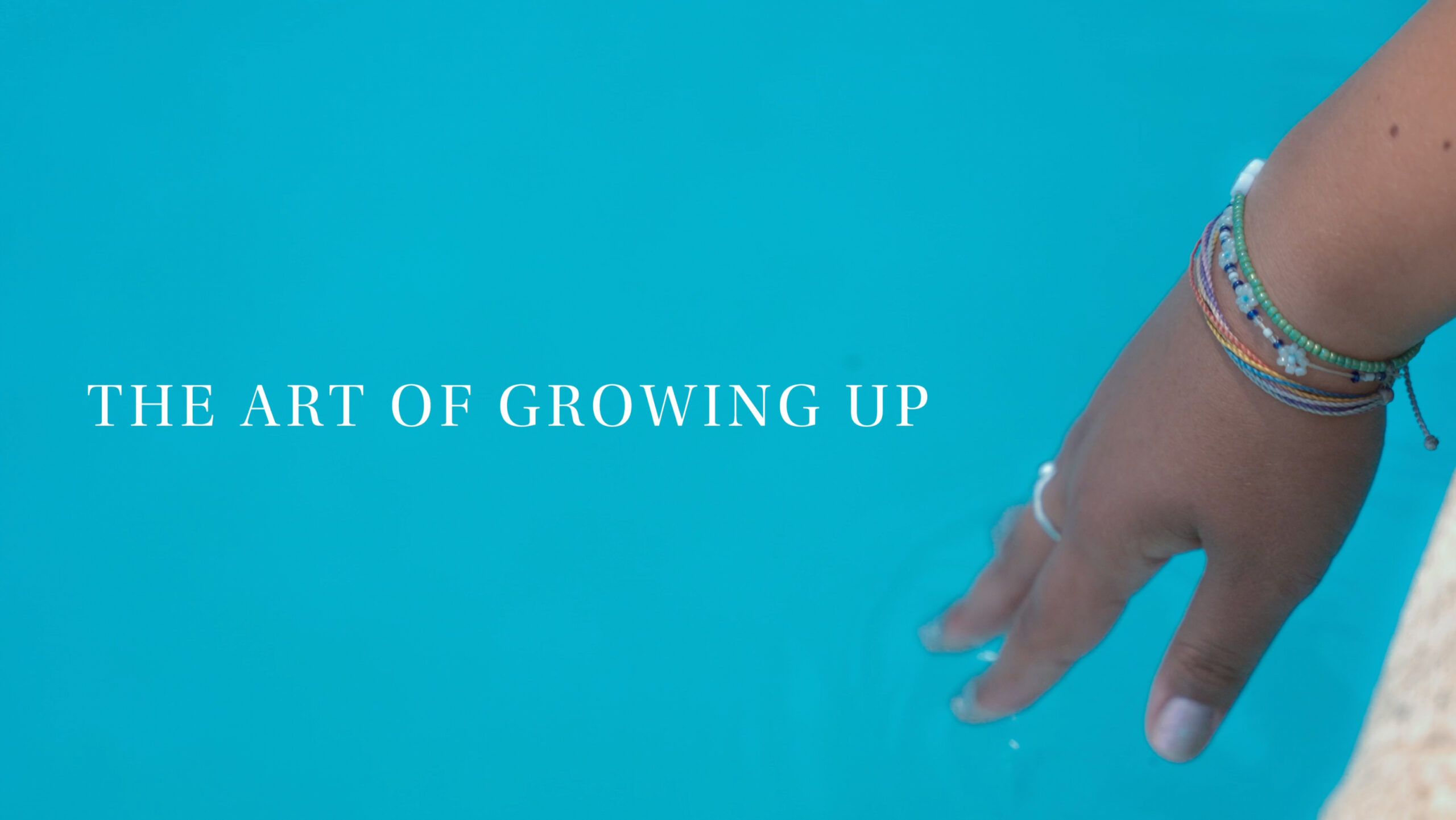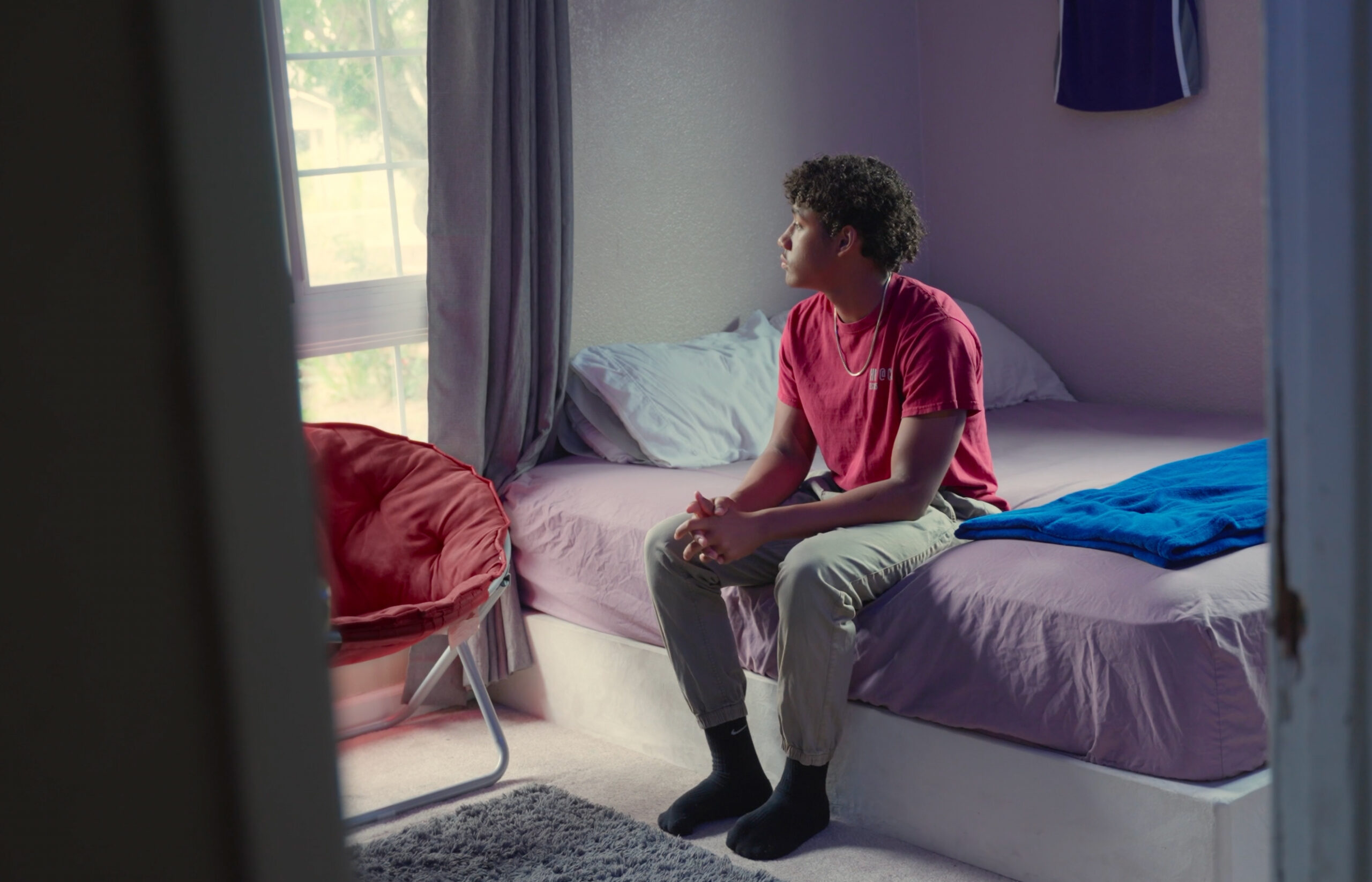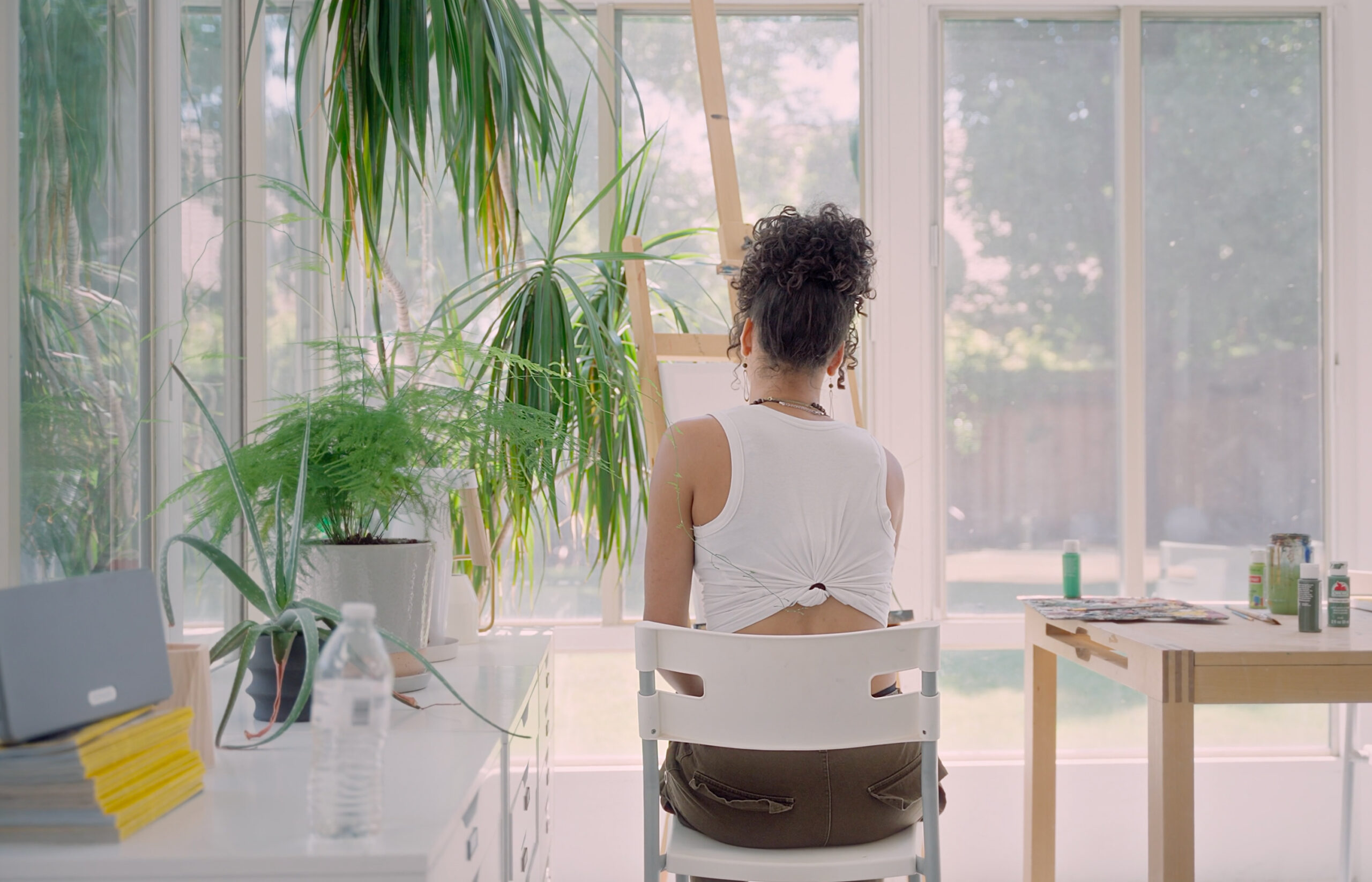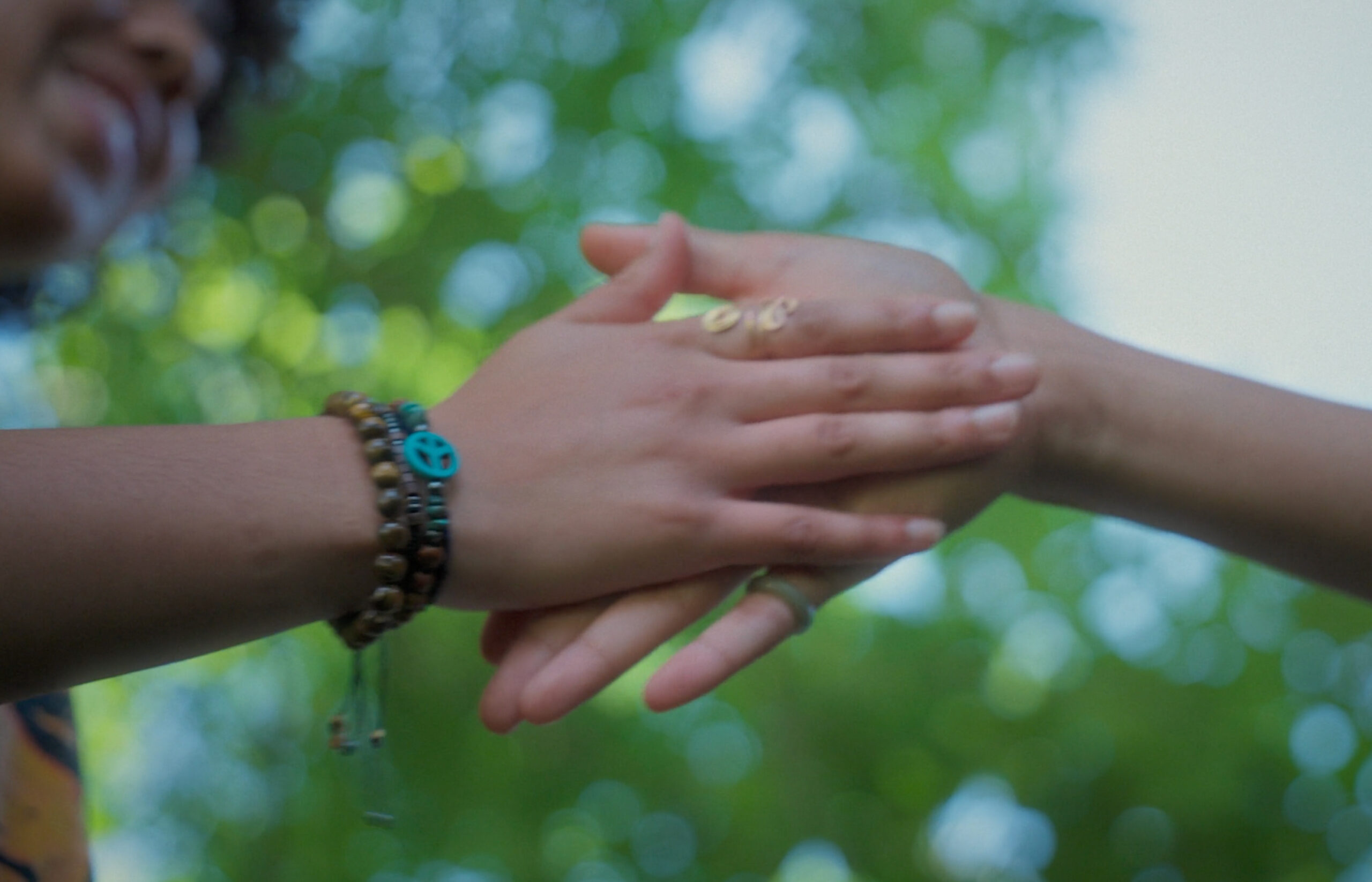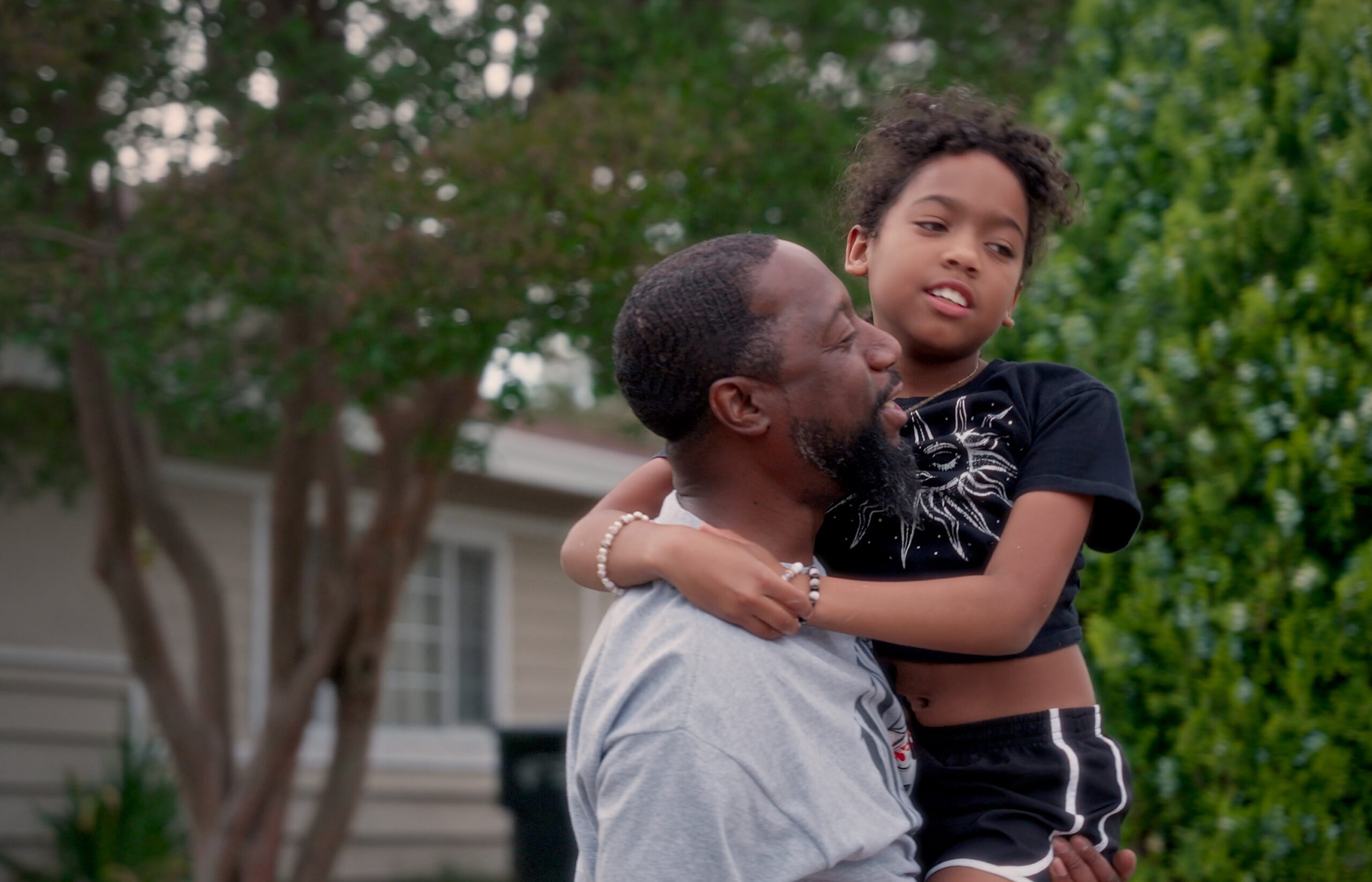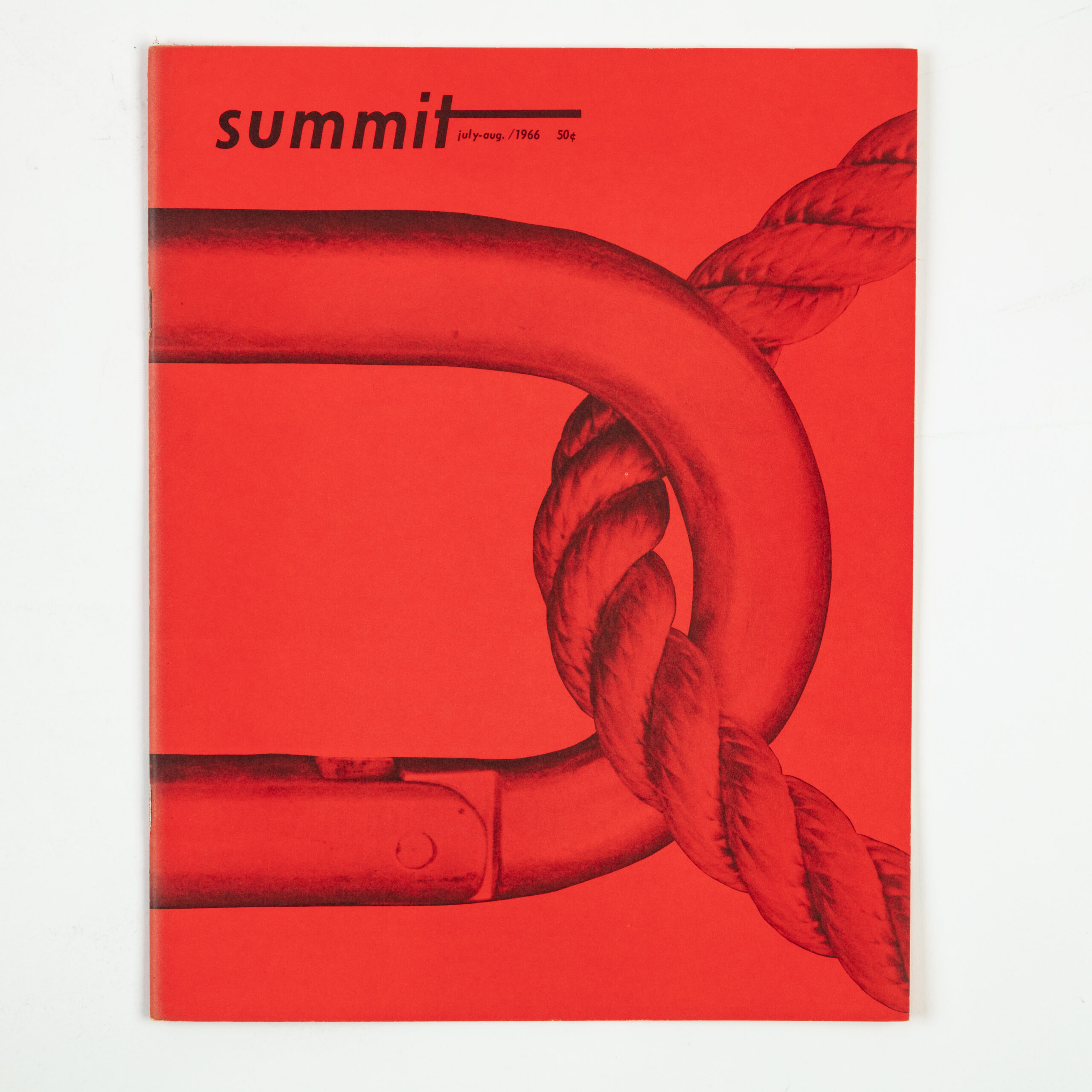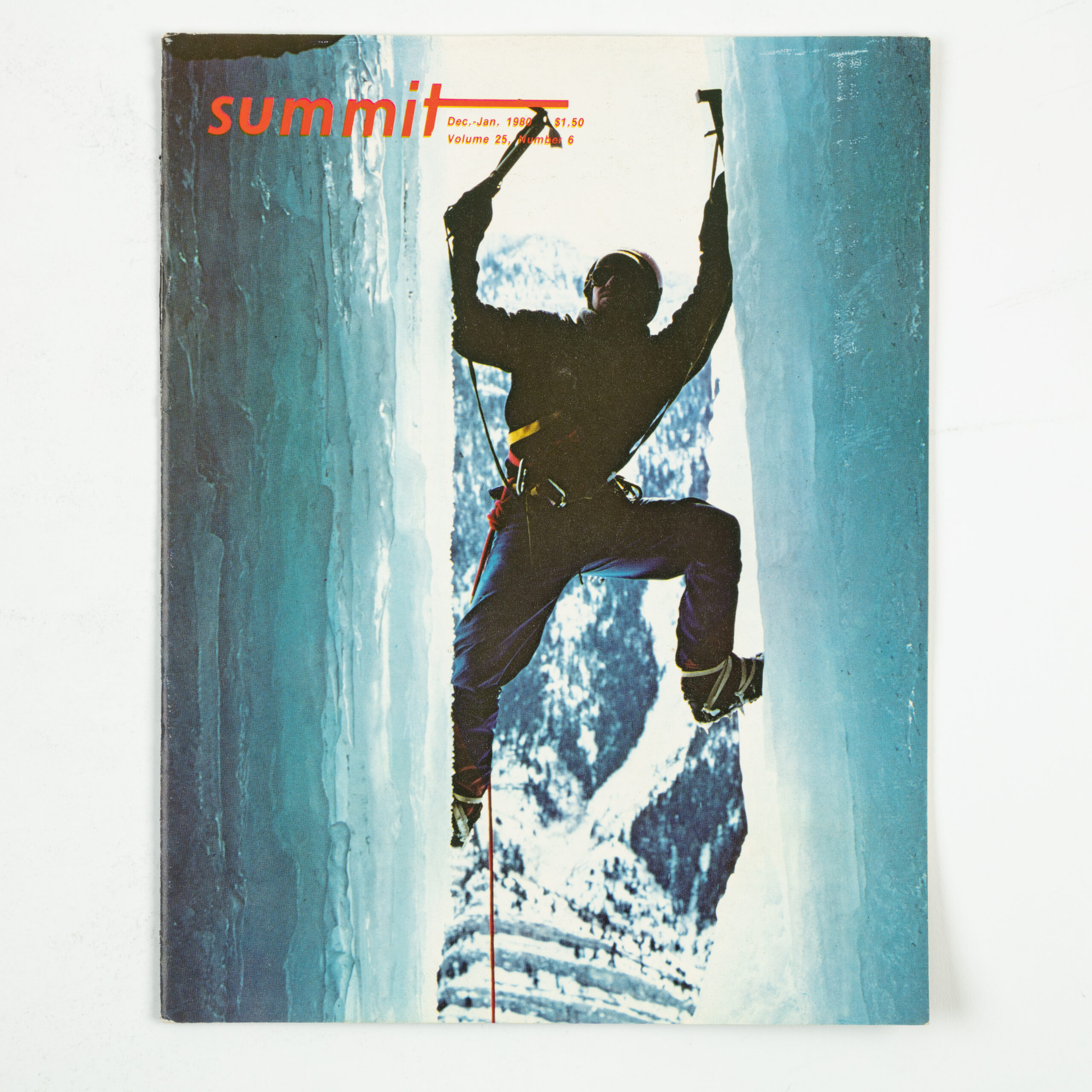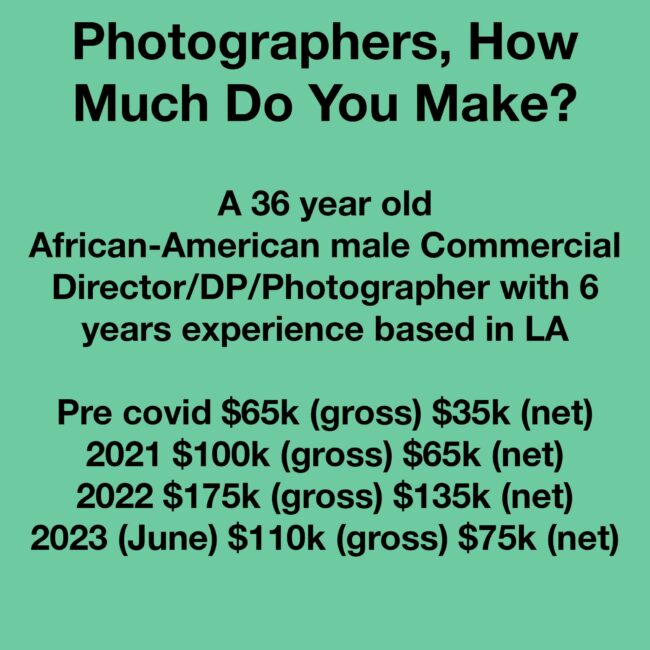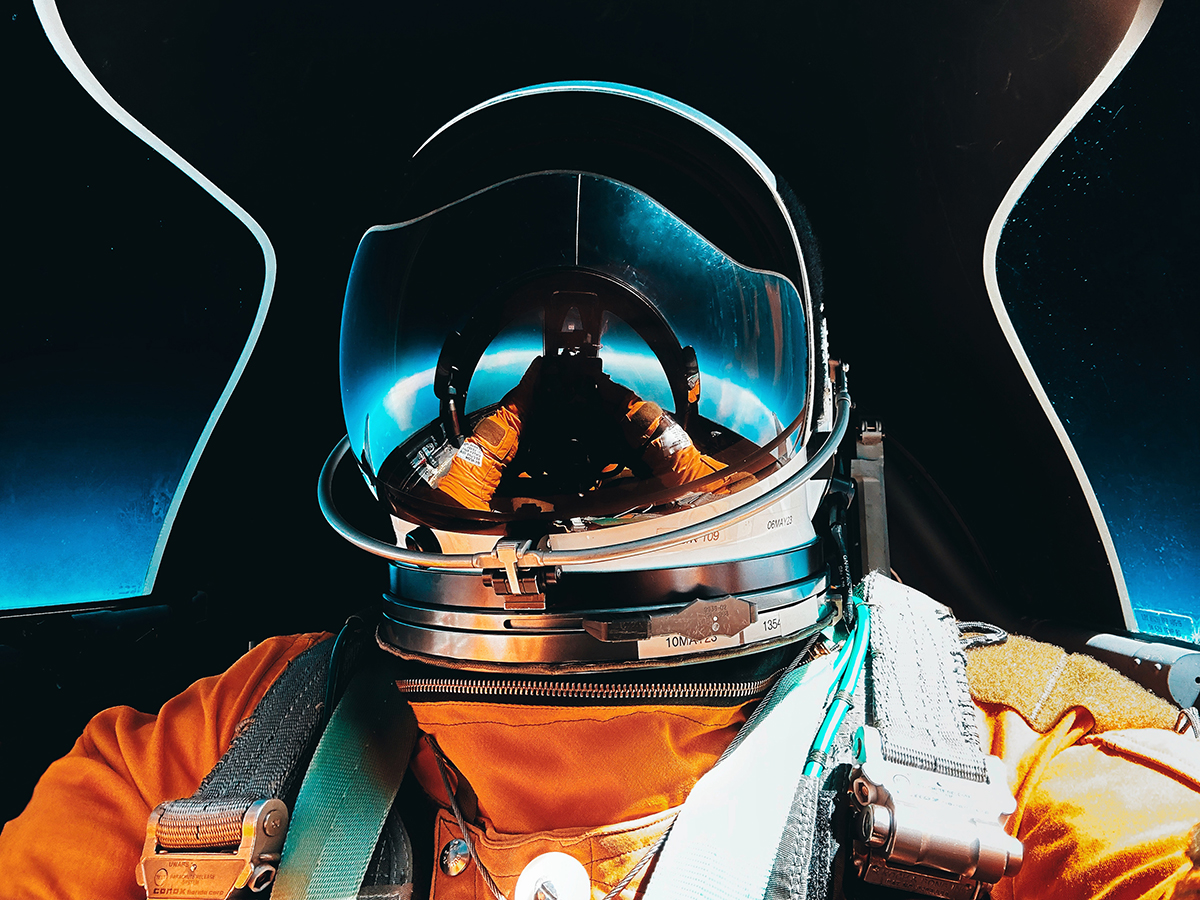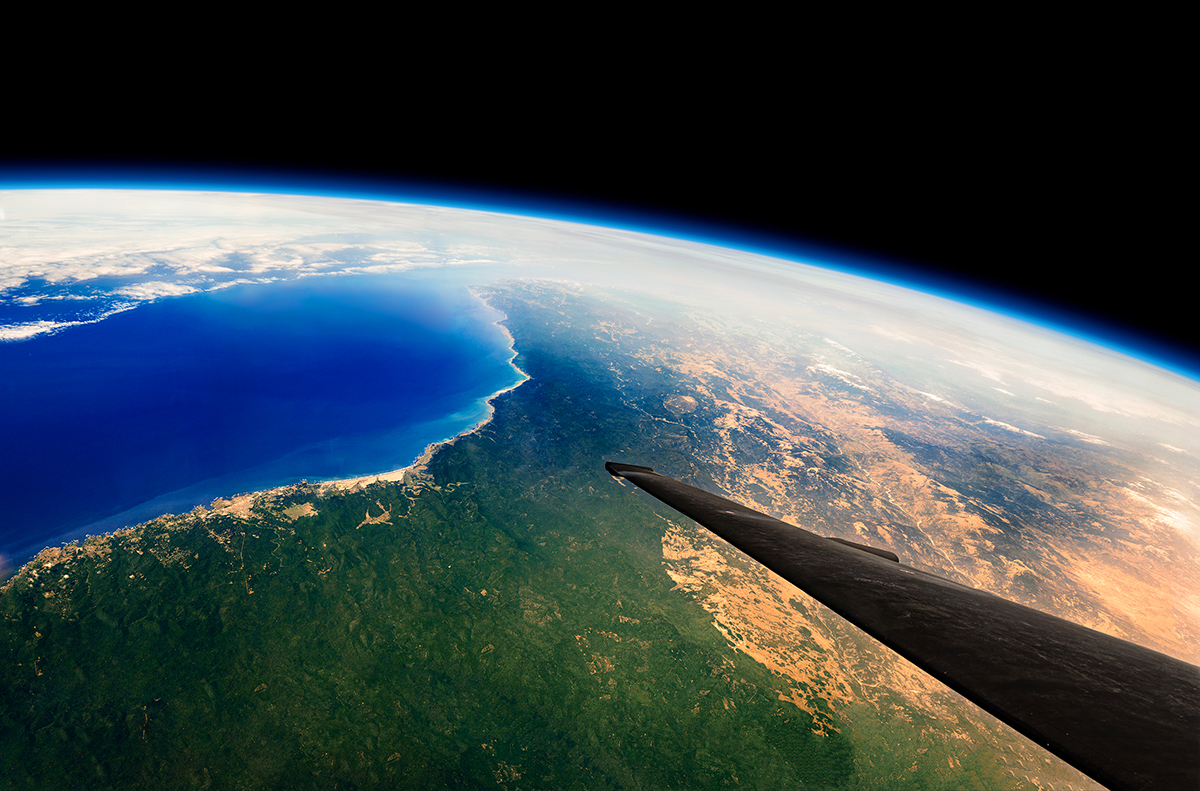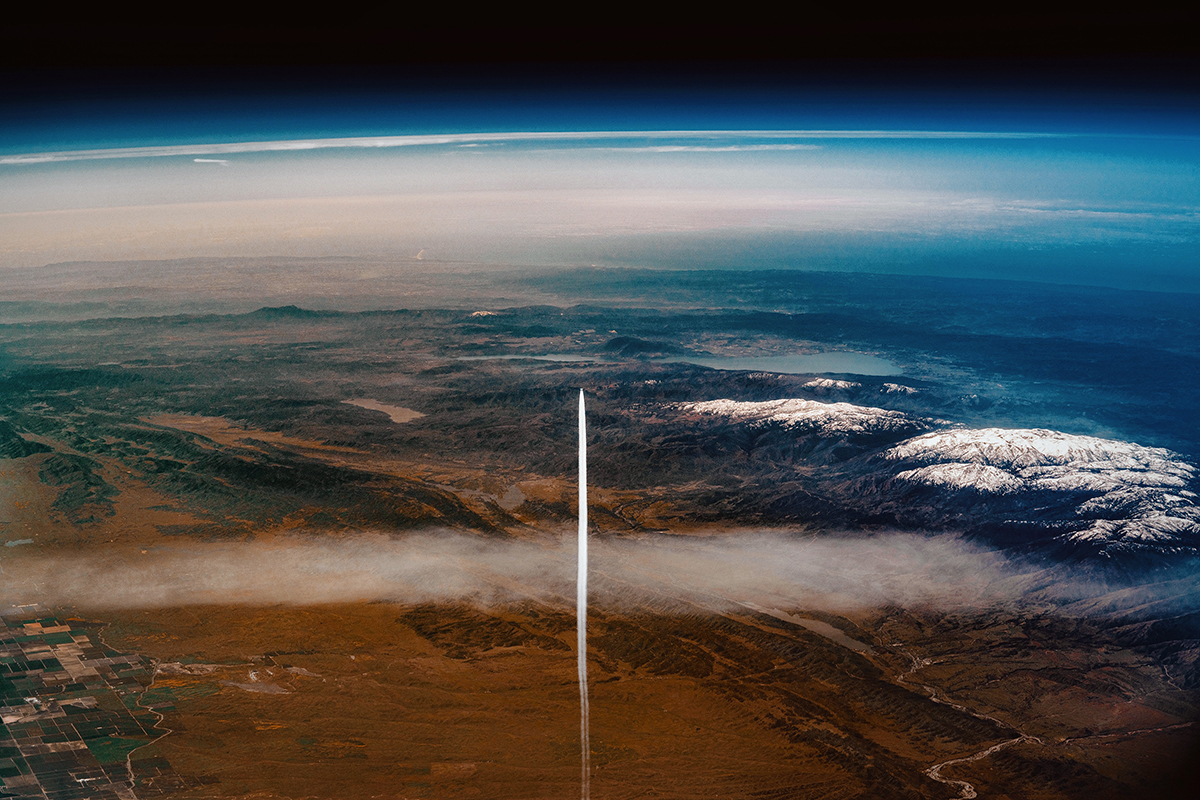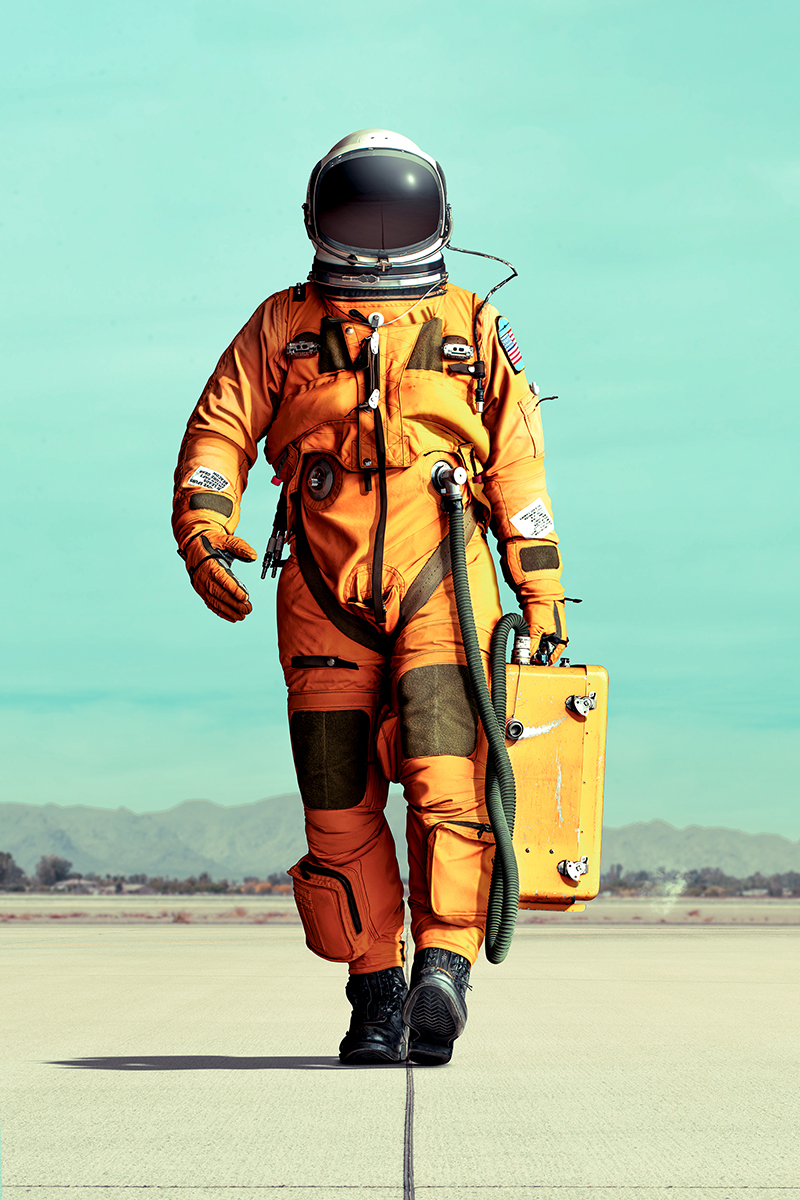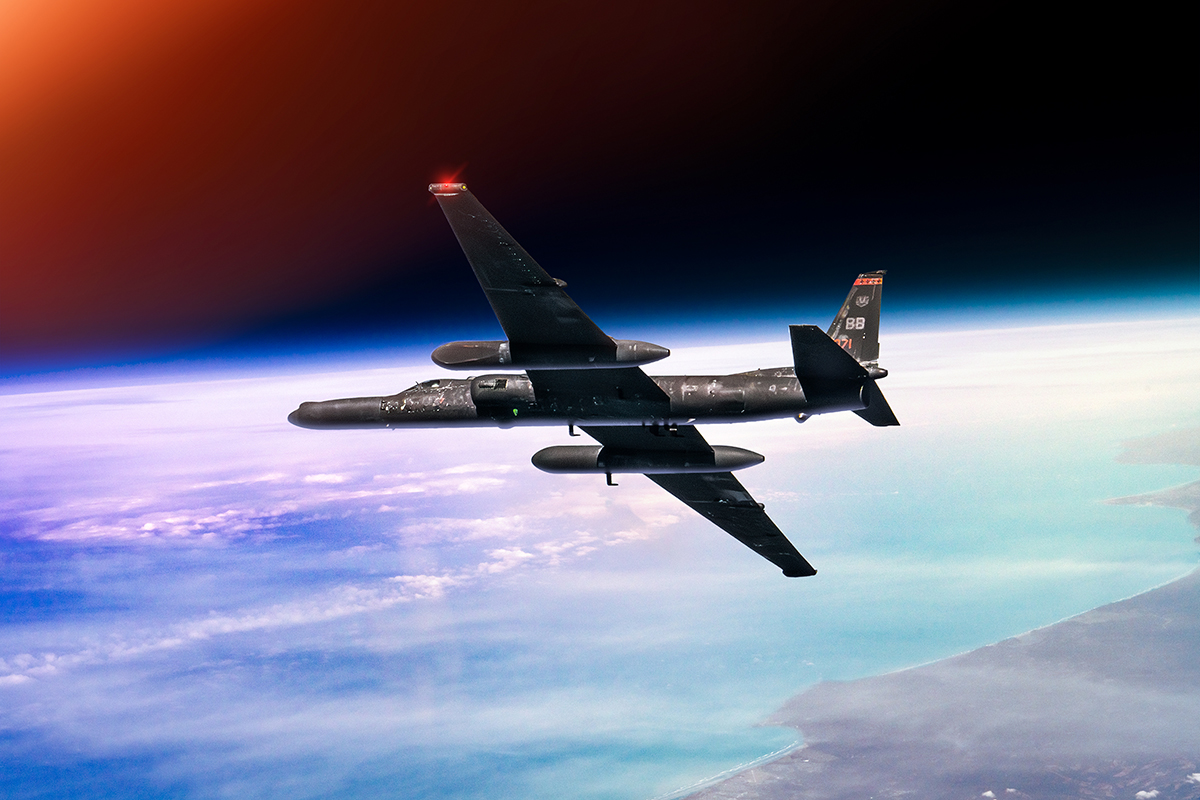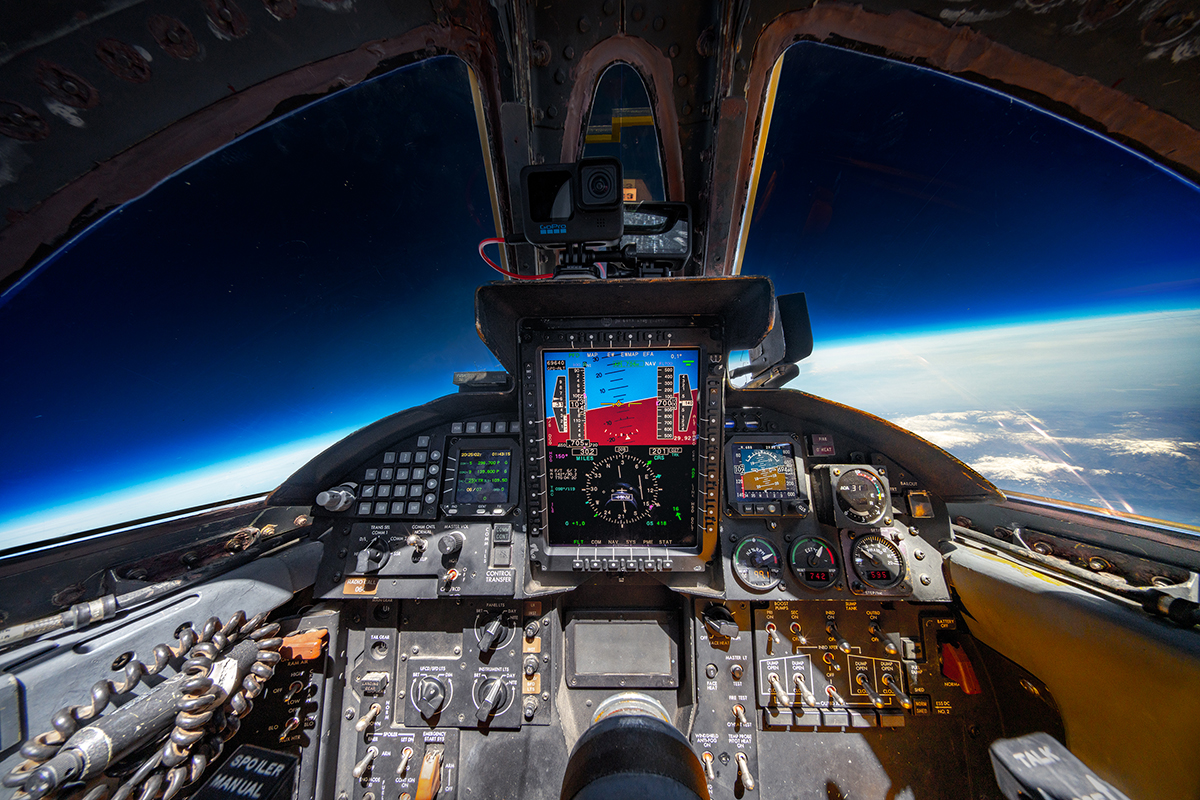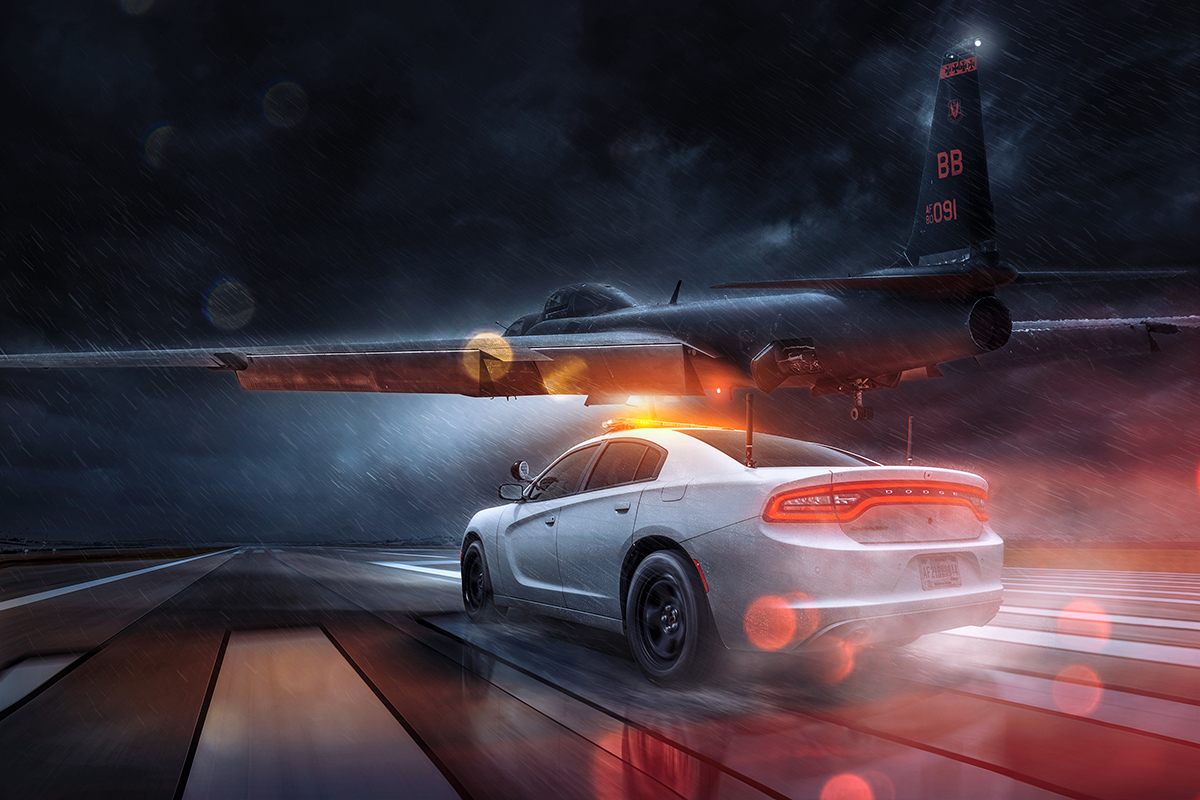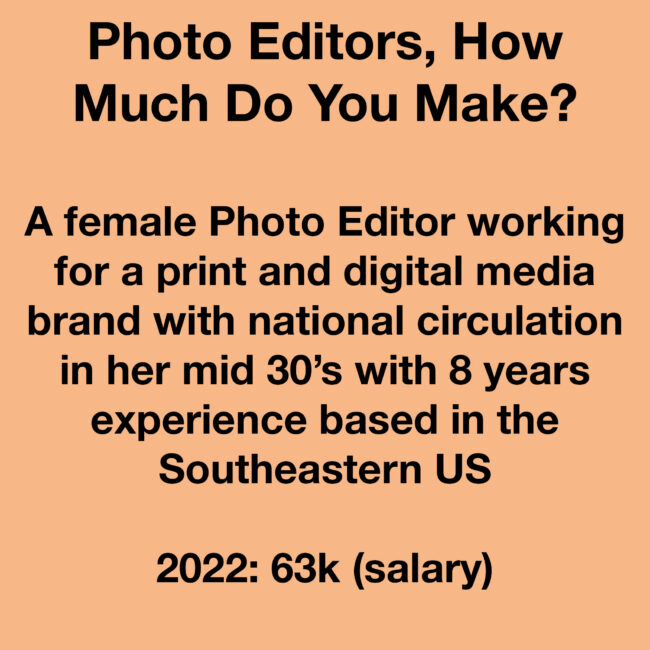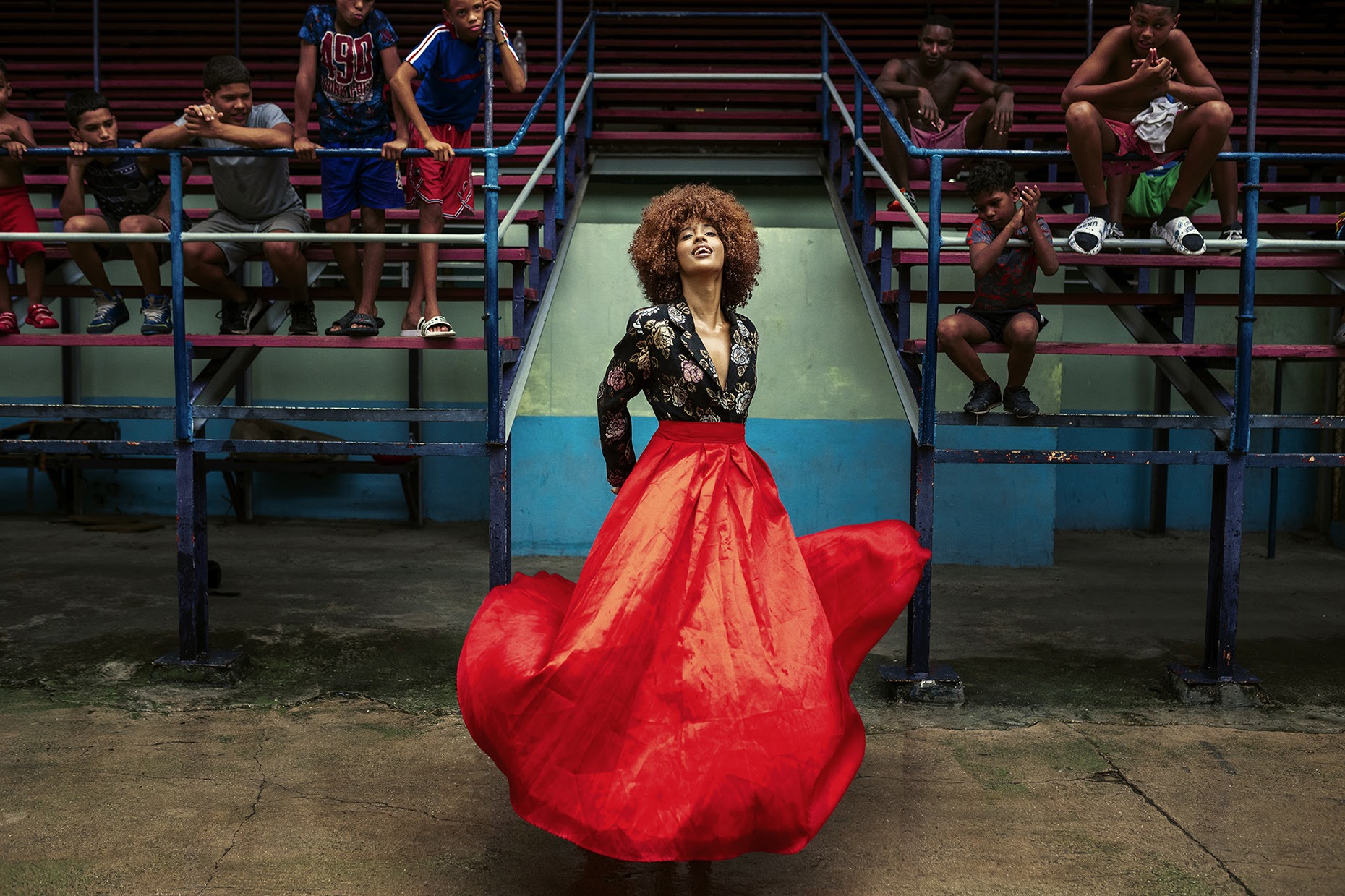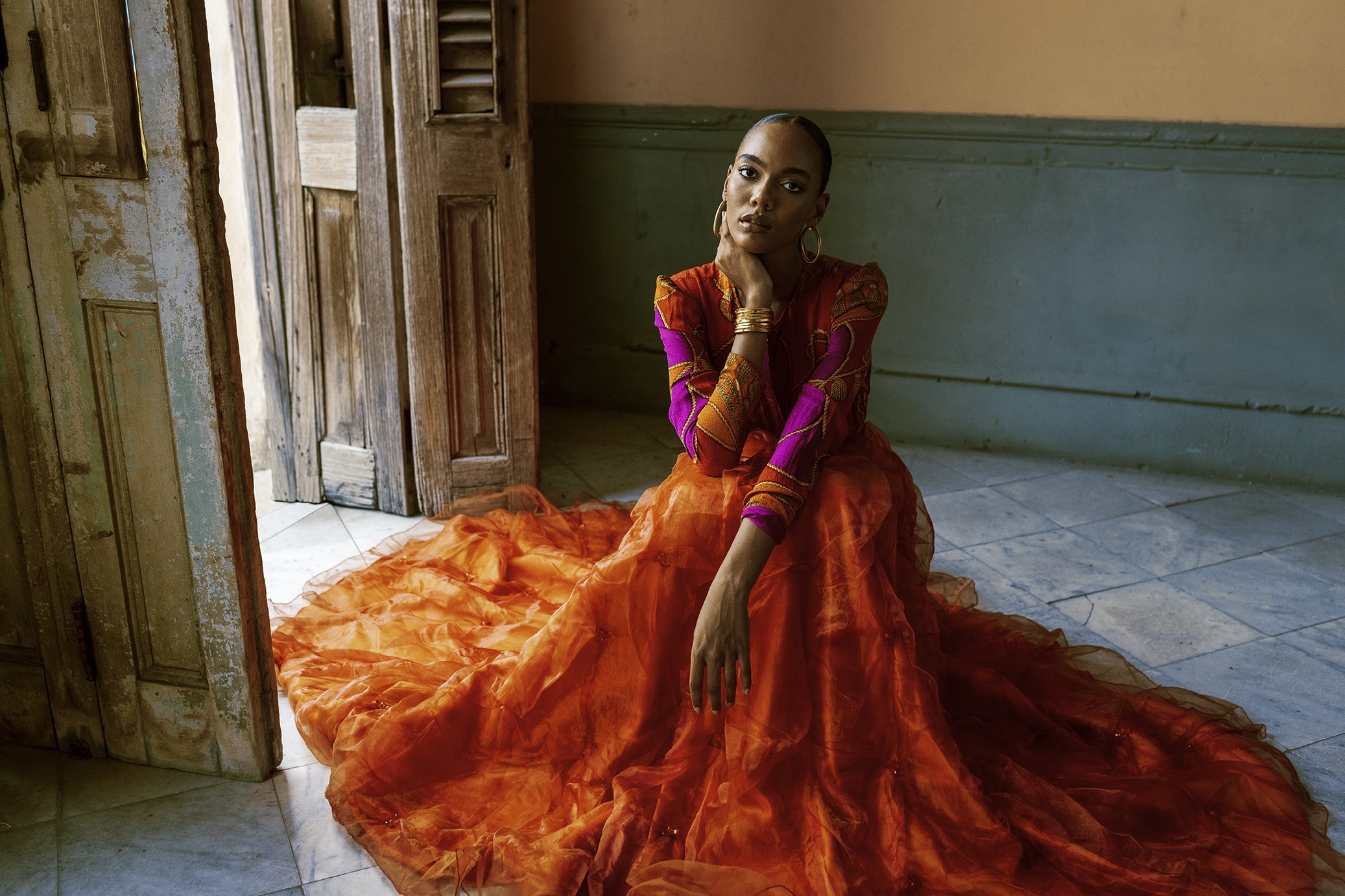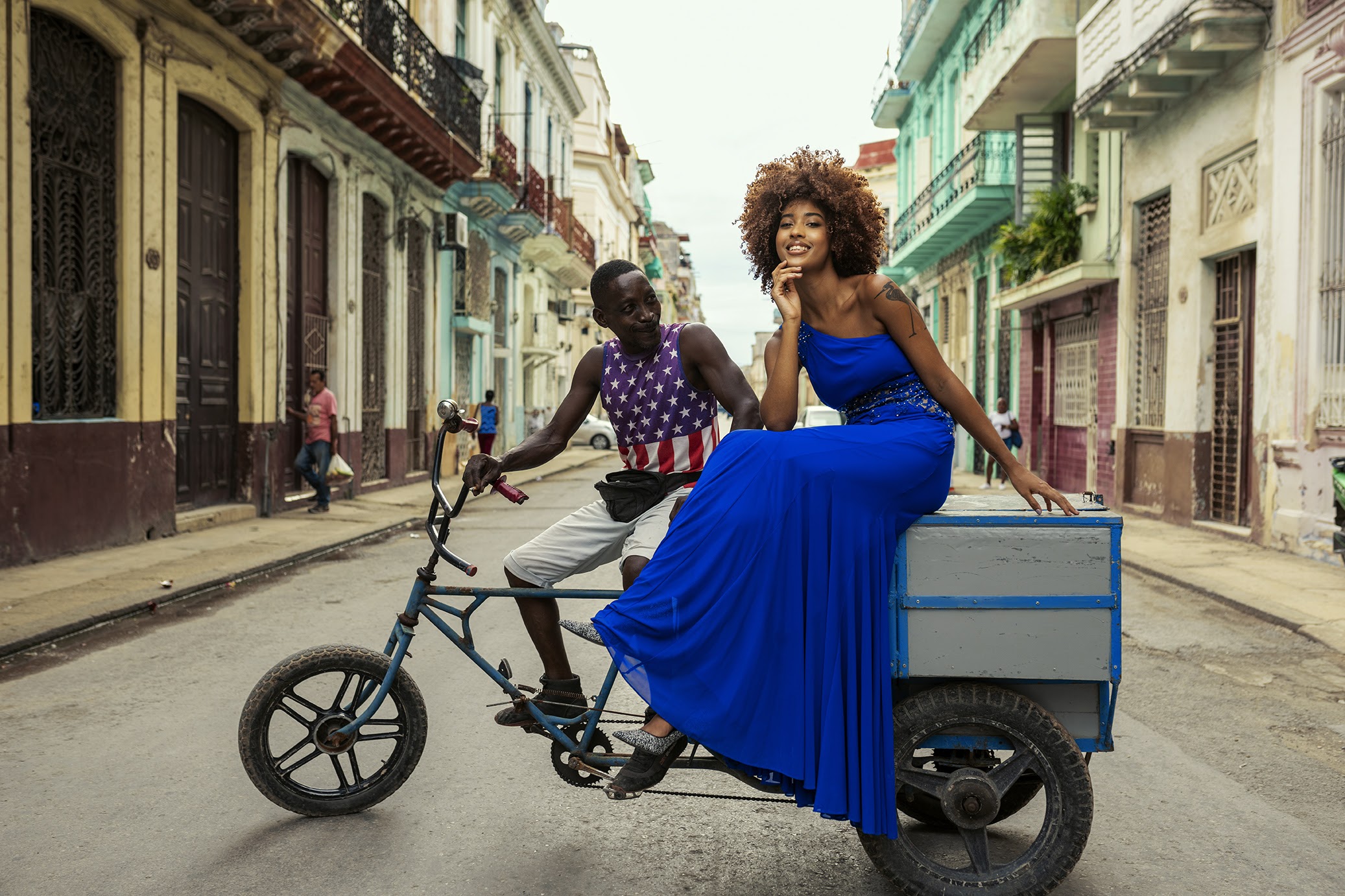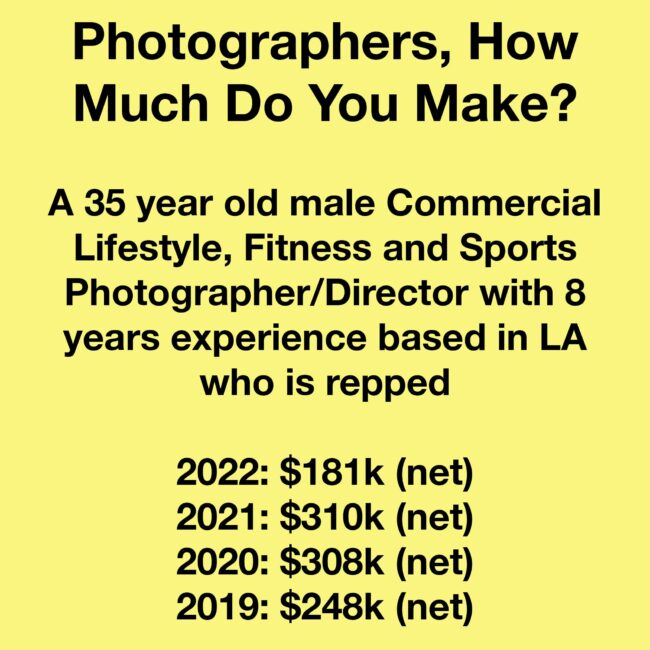
My first actual biggish commercial job where I had a digital tech for the first time and a few assistants was in 2015.
2022: Gross $388,000, Tax (30%) $107,000, Agent (25%) $89,000, Take Home $181,000
2021: Gross $705,900, Tax (30%) $208,000, Agent (25%) $179,000, Take Home $309,900
2020: Gross $427,200, Tax (30%) $128,000, Agent (25%) $106,800, Take Home $307,600
2019: Gross $551,500, Tax (30%) $165,450, Agent (25%) $137,800, Take Home $248,250
Above, I listed out of my income for the past few years. It has my gross income from my fees. We set aside 30% for taxes. We never pay that whole amount for taxes, but it’s a good forced savings account. My Agent gets 25% of all fees.
My partner is in the creative industry but doesn’t work directly with me. We jointly own our S-Corp and bill our fees through the same company. We use a payroll company to pay ourselves $6,000 monthly to cover most of our personal expenses.
Our business expenses are around 10K per month. This accounts for general business expenses like insurance, online storage, and other essential things. It also accounts for those random months when we buy some new equipment, hard drives, send out promos, or do a test shoot.
Altogether, we want to make around 20K monthly ($240,000 per year) to live relatively carefree. That income would let me generally shoot any test shoot without worrying about the cost too much. We could go on a vacation or two, but nothing too lavish. We could buy some nice furniture for the house or something like that.
I know that sounds like a ton of money, and it definitely is, but running a photography business can be expensive. For instance, I’m writing this from my 2019 Macbook Pro on a laptop fan stand to help keep it cool. Work has been too slow for the past year for me to get a new computer comfortably. We spend money now only on what we have to, not want to.
I don’t own a studio or too much gear. Our expenses are general business expenses like insurance, online storage, and other essential things.
We put as many expenses on the business as possible. I always take photos while we’re out, so it’s easy to justify.
Photography is about 90% of my income. I do direct, but generally, we lump that into the shooting rate. I do my retouching sometimes for clients which we bill for.
My clients are Fortune 500 companies that span from sports, fitness, technology, and pharmaceutical. I like to say, if it’s got people in it, I’ll shoot it.
My partner and I have 401K, and we contribute each year. We don’t do individual stock buying or anything like that.
Shoot Days:
2022: 48
2021: 62
2020: 59
2019: 87
It has fluctuated a lot, as you can see. It felt like I hit a high point in 2021, and now I’m riding the rollercoaster downhill at the moment. A few of my big clients underwent some changes, and I’m no longer shooting with them. I felt a significant shift in the summer of 2022. That’s when I noticed a real slowdown. Personally, I don’t think it’s picked up to where it used to be. The economy scares hit the folks I usually work with. One big Fortune 200 company I’ve worked with a lot relicensed almost everything I’ve shot for them instead of creating new work. That has helped my bottom line this year and is a testament to not giving up usage rights for unlimited time. Of course, we do that on some jobs, but we obviously see the value in limiting that usage, so things like this can happen.
My partner works in the creative industry but not directly with me. They still bill through our company for their work. I’m the general breadwinner in the family at this moment.
It ranges all the time, as I’m sure everyone does. I’ll talk about those bigger jobs that require treatments and lots of prep time. So when those jobs come in, this is how it all breaks down time-wise and financially:
– We get approached about the project and have our first creative call with the client/agency.
– We bring on a production company to work on the bid with my agent while I work on the treatment.
– Before we submit, we align on the creative and production process we will take with the job. I don’t want to say we’ll shoot all with HMI’s, and production has a strobe package put into the budget. It’s important to tell your production company everything you plan to do creatively because that can affect the budget.
– We submit the budget and treatment, and sometimes we get to have a second call to review both, which is great.
– We get awarded the job and immediately start on casting, locations, and the rest of it.
– We’ll do in-person location scouting and sometimes in-person casting for talent.
– These jobs at this scale are generally at least 3-5 days.
Jobs at this scale financially are generally pretty great. Let’s take a job I did recently at this scale with the same prep work as stated above. It was for a Fortune 100 company. The shoot was four days. I worked on this project (including treatment) for around 15 days off and on.
Rate: $10,500.00 per day for four days
Tech Scout: $3,500
Pre-Production/Fitting: $1,500
Total Fees: $47,000
Usage
This license is strictly limited to the terms and conditions below, and governed by the Copyright laws of the United States, as specified in Title 17 of the United States Code:
Duration: 3 Years
Exclusivity: Exclusive
Region: Worldwide
Media: Unlimited Media
Photographer retains ownership and copyright.
I pay $750 for my first assistant, $650 for second and so on. My digital tech gets $750 for his rate and at least $1,500 for his equipment. Generally, it’s around $1,850-2K depending on what we need. These rates are for 10-hour days.
My best paying shoots over the years:
2019: $80,000 – This was an 11-day job in Spain for a Fortune 200 company. My fees would be over 100K when we won the job, but the company had to strike some shoot days for budget reasons.
2020: $61,000 – This was five shoot days with two tech scout days alongside motion for a Fortune 50 company. I shot with motion, but when they moved on, we set up our own lights and reshot other things.
2021: $75,000 – This was additional usage of a complete buyout of work I had done for a company that year. We shot the job with a one-year usage agreement for $53,000 in fees. The company returned to us later that year and requested to buy out the library of images for an unlimited time.
2022: $41,500 – This was for a sports/fitness company. It was a travel job with four shoot days.
Worst shoot:
There’s one I’m about to shoot tomorrow that’s pretty bad. It’s a one-day shoot with two years of unlimited usage for $2,000 that I spent three days creating a treatment for and have already been on two pre-production calls, and I’ll be leaving my house soon to go on a scout. The entire production of the shoot is $70,000.
But here’s the thing: the creative is good, and the work could lead to some much bigger players in the space. Of course, the company said that if this shoot goes well, they will be shooting a lot more, which we never really take as a solid offer.
If a job has great creative and could lead to more work in a sector, we jump on the opportunity. We never like to give away usage for that cheap, but sometimes, you have to play the long game in this industry. If they come back, we will not do the shoot again for 2K. We always bump our fees up higher because we’ve proved ourselves.
For personal projects, I shoot the video myself. It’s not a huge percentage of my income at this point. I’d like it to be higher, but currently, it’s primarily stills. All of my personal projects now have a motion component to them.
For marketing, there’s pre and post-COVID lol. Pre covid, I was creating books, newspaper promos, and things like that. In this new world, I make promo items for clients I know personally. I last did a newspaper promo a few years ago, but I send out other fun things to them that they like. It’s all branded with my logo and contains a lovely postcard of a favorite image of mine.
I haven’t seen anyone else do this, so I’m not going to dive too into specifics on what I’m sending and how I’m sending it. But mainly, I send something out a few times a year and make it very branded.
I’ve started sending out a newsletter, which has been fun. I’ll take meetings when I’m in different cities. I keep up with clients on Instagram.
My agent does most of the marketing. They send out newsletters all the time, and they take meetings constantly.
I don’t know about the worst advice, but I have heard of a way of running your business that I can’t entirely agree with. There are people out there who take a slice of the whole budget for themselves. By that, I mean they will tell their crew their rates are one thing, but they’ve actually budgeted more and will keep that difference. I run my business differently. I make decent money, and I love my crew and want them to thrive. I will always give them as much money as possible.
That said, if we do a shoot with a budget of 100K and come in at 95K, I will pad the final invoice to get closer to that 100K and keep that money for myself. If the client has already allocated that money, we’ll use it! Of course, I like the extra money, but it’s also suitable for the client. If we come in under, their bosses will think that’s what it will cost going forward. If you don’t use it, you’ll lose it.
As for best advice, god, I could go on and on about what I think is essential, and I’m learning new ones every day. I have a personal mantra: “I’ve just begun.” That allows me grace when I don’t love a shoot that I did, or I make a financial mistake. I’m constantly learning and trying to grow.
If I were to give advice, it would be the following:
– Always be creating personal projects.
– Treat every job like your last (I still need help to follow this).
– Shoot what the client wants and then try to find the time to shoot it the way you see it.
– Treat your crew well, and they will treat you well. I’ve heard so many horror stories from my assistants about photographers who are such assholes. How these photographers keep working, I’ll never understand.
– Figure out how to manage your money and do a personal budget.
– Figure out how to manage your money and do a personal budget.
Something like that. As I said, I’m still learning every day, but those are important.
I feel incredibly grateful for where I am in my career. When you read these numbers, I wonder what life you think I have. You might assume I’m rolling in cash and must not have a care in the world. I’m a represented photographer who works with some huge companies. I must feel like I’ve made it.
By no means is any of that true. Life can throw a bunch of crazy things at you at once, which will drain all your savings, which has happened to us. We were fortunate to survive, but we’ve been financially struggling for at least a year. Work has slowed down, and mixed with things that have happened in our life, it’s been pretty stressful. I have multiple photographers muted on Instagram because I swear every time I saw their posts, they were working. I couldn’t take it anymore. I constantly feel like my work isn’t good enough and strive to create work like I see on my feed every day. Sometimes, I feel like I’ve peaked in my career and taken those good times for granted. When the money was rolling in, I became complacent and stopped pushing myself as hard as I could. I’ve lived with this stress for years. I constantly think, what if the work stops, what am I going to do.
I am so grateful for where I am in my life, which are two opposite sides of the coin. I’m grateful that I can make a career out of photography, and I’m grateful for being this stressed about work and finances. I know it may seem funny to be grateful about stress, but it’s pushed me so much harder with creating new work, updating my website, starting a newsletter, and being more active on Instagram. I need to work on handling stress better as a human, but I’m going to try to hold onto that fear of it all going away. As a photographer, I’ve always been extremely hungry and pushed myself. Now, however, I’m pushing so much harder!
From this rambling part, if I were to instill one thing in anyone who reads this – next time you’re getting paid to shoot photos – STOP…for just a moment. Look around. You might be on a big shoot with tons of people or a small one. YOU are making money from photography! How fucking cool is that! Still, to this day, it amazes me! I absolutely love every second of it. From being on sets with tons of people and pressure to perform, to shooting personal projects with just me and an assistant. I love every second of it and wouldn’t trade it for the world.
So just know, a photographer like me, who you might think had made it, is still just as hungry, full of self-doubt, ambitious, and passionate as when I started.

